The world of watch straps dates back even before people wore watches on the wrist.
And over the years, it has evolved so much that today there is a massive number of different watch straps and bracelets available on the market. But which ones should you choose if you want to complement them to your newly acquired watch? Follow us, and you'll find out!

A bit of history
As we said, the first gadgets to secure a timepiece on your wrist date back to around 1880, when some military personnel, during war actions, discovered that it was much more comfortable to have a watch strapped to the wrist than in a pocket, especially during operations!
Thus it was invented what was called wristlet, a kind of leather pocket with a strap and a buckle, made to accommodate a pocket watch and secure it around the wrist. At the same time, some of the most enterprising began to modify the cases of wristwatches by soldering closed metal loops, what are now called wire lugs - typical of trench watches - which could be attached to straps, either sewn individually or in one piece.
This situation, which was not particularly functional, was then improved around 1925 with the introduction of the first open lugs with springbars, which are the most common today, and allow a quick release and replacement of the strap.
In some cases, the watch strap is designed to be an integral part of the timepiece, becoming a bracelet: two of the most famous watches in the world, the Patek Philippe Nautilus and the Audemars Piguet Royal Oak, were designed with integrated bracelets - so remember that, when you are buying a new watch - and we have published an article about how to buy a watch here - you should take care to check what kind of strap does it mount as well.
Watch Bands and their size
We have already examined the difference between wire lugs and open lugs: the wristband size corresponds to the distance between the two lugs. Some watch bands have a rectangular shape, maintaining the same size throughout their length. Others instead gradually taper out as they progress towards the buckle - a relatively common feature in vintage watches, which often had elegant and very thin watch bands.

What is the standard watch band size?
There is no absolute standard for the size of watchbands, as this depends on the watch and the size of the case. However, the watch industry started adopting a millimeter-scale based on even numbers over the years. That is, you start at 22mm, and then you have 20mm, 18mm, and so on. Of course, there are cases where the distance between the two lugs requires a strap with an odd width, but this is the exception that proves the rule.
How do I know my watch strap size?
Watch straps sizes are usually related to watch sizes - and we have a handy guide to help you determine what watch size watch should you wear.
Calculating the size of your strap is relatively straightforward: just use a caliper and measure the distance between the two lugs of the watch. That will be the required strap size. If you don't have a caliper, a ruler will be more than enough to determine it.
Remember that in a watch, it is important to measure the size of the strap where it attaches to the case but also where it attaches to the buckle. As we have already said, it is possible that these two sizes are not the same, and since it is crucial to preserve the original clasp of the watch to retain its value over time, you must be sure that it can be mounted on the new strap.

Are all watch bands the same size?
Apart from the size difference, the other important measurement is the length, as not all wrists are the same. So, some bands will be too long or too short for some wrists, which makes choosing a new band less simple than it might seem.
In addition, some uniquely shaped straps do not use the basic springbars but are attached to the case using proprietary systems. Manufacturers often make aesthetic choices that require the use of special straps - to discourage the use of generic replacements.
That's why very often, especially if you don't feel too confident, the best solution is to go to a watchmaker's workshop, where you can try out the strap before buying it and receive the assistance of a professional to configure and install it on your timepiece.
Can you change the strap on any watch?
Most straps have standard attachments, meaning that you can change them for compatible ones, as long as the dimensions are the same. This allows you to change the look of your timepiece, giving it a more elegant or more sporty character - just like you do with your clothes.
There are exceptions to this rule, too, though. For example, watches sometimes have built-in bracelets, which can only be replaced with others that are perfectly compatible or have special attachments explicitly made to limit the possibility of mounting generic straps on the timepieces: one of the most notorious cases is that of smartwatches, including the Apple Watch. In this last case, it is necessary to look for compatible watch bands with the same attachment system.

Types of watch bands
Different types of watch bands are more or less adaptable for the different kinds of lugs and joining systems we have examined so far. In general, the most common modern watch bands use open lugs, followed by the so-called NATO straps - all other types represent very minor shares in the universe of watch bands.
What are the types of watch straps?
Below you will find a list of the most common types of watch straps. It is evident that over the years, manufacturers have made hundreds of different types of watch straps that sometimes combine some of these features. Still, the following ones cover the majority of watch straps that you will find when practicing your passion for timepieces.
Closed Loop Watchstraps
These watch straps are the most common, with two strips of soft, flexible material (one at each end of the watch loop) that at the end, at the springbar, are folded in on themselves and sewn together to form a channel where the springbar fits.
A thin plastic tube is commonly inserted into this space to protect both the strap material and the springbar. Then, at the other end of the two strips, there is the buckle and the open end of the strap that you insert in the buckle and secure, or in some cases, the so-called deployant buckle, which turns the two parts into one piece, creating a kind of bracelet.
Open-ended watch straps
Since fastening a strap around wire lugs - which generally involved stitching with thread - was decidedly unpractical, open-ended straps have evolved over the years. In this case, instead of being closed, the two ends of the straps are open, and they can be folded back on themselves and secured via a metal pin to close them, after being wrapped around the lugs attached to the case of watches with wire lugs.
Open-ended straps can also be fitted to watches with springbars, but their primary use remains on watches with wire lugs.

NATO/Zulu watch bands
A NATO strap is composed of a single strip of fabric folded back on itself, bearing several metal rings. It is designed to fit all types of watches and offers a significant advantage: even if one of the two springbars comes off for whatever reason, the watch continues to be secured to the wrist by the other.
The Zulu strap is similar to the NATO strap but is simpler in construction and uses a thicker fabric, and is composed of a single strip of cloth without the double folding/clasping of the NATO strap.

Bund Straps
The bund strap is a relative of the late 19th-century wristlet, a leather bracelet accompanied by an integrated smaller strap where a timepiece can be secured. In addition, some bund straps have additional protectors to defend the watch glass.
They are handy to visually increase the watch's size, which is helpful if you have vintage timepieces, which are usually undersized by modern standards, and large wrists, or if you want to give a touch of steampunk to your look.

Bracelets
The bracelet is a one-piece strap attached to the two ends of the watch lugs. The bracelet is usually opened by either a lever buckle or a deployant buckle, allowing it to be quickly released to put the watch on and off. You can make fine adjustments to the size of the bracelet through a system built into the buckle.

Which type of strap is best for a watch?
On this subject we should write a specific article: but in short, the strap must be suitable for the watch and the occasion on which it is worn. So the band represents a bit of a dress that we put on our timepiece, which allows - within certain limits - to change its character, making it more modern and sporty, or more classy and formal.
The evolution of straps is just as fascinating as that of watches and offers many different solutions. In addition, most of the timepieces are equipped with open lugs, so it is effortless to change the strap - so much so that many fans, in addition to a collection of watches, also have a collection of straps and bracelets.
The advice we would like to give is to experiment according to your taste and imagination with the strap that suits you best!
Watch wristband and bracelet materials
Bands can be made of almost every material, exactly like clothes - but the most commonly used are leather, metal, cloth/nylon and rubber - sometimes used together to achieve creative results.

Leather watch bands
Leather watch bands were the first watch bands developed in time. The earliest leather watch bands consisted of a single strip of leather, then fastened around the wrist with a pin buckle. However, over time they have become increasingly sophisticated and comfortable, eventually arriving at their current form. The existing strap is generally made up of two layers of leather with an inner core of a soft backing material, glued and then sewn together.
The leather ranges from cowhide to more precious skins, such as ostrich, lizard, and crocodile. In general, leather straps are best suited for dress watches. However, some, such as those used in pilot's watches, feature reinforcement made with sturdy stitching and metal rivets and are designed to show a more sporty and adventurous look.
Metal watch bands
Metal watch straps (steel and other metals such as titanium or precious materials) are the counterparts of leather straps. They have always been aimed primarily at more sporty applications, such as diving watches. But when they have been made in gold and platinum, they immediately become elegant (though often a bit glitzy).
There are countless types of metal watch bands, often with a modular structure of elements that wrap around the wrist like a bracelet or with a kind of soft metal mesh (called Milanese) that acts like a typical leather strap. Some metal straps, such as Speidel straps, had an elastic structure to wrap around the wrist and were quite popular after World War II.
Nylon and synthetic fabric watch bands
Synthetic fabric straps come in different shapes and are made from very durable modern materials that ensure a perfect fit on the wrist. In addition, they are available in bright colors and designs to spice your watch wear.
Nylon straps, often of the NATO type, are perfect for a quick change, are intended for more sporty and casual applications.

Rubber and silicone watch straps
These two materials - derived from different origins, biologic and mineral - have one typical result: a comfortable, lightweight, elastic, flexible strap that secures the watch well on the wrist. For this reason, rubber and silicone straps are trendy among diving watches because they provide a consistent hold even at different depths underwater.
Many designer watches mount silicone straps for their technical and sporty look - so you'll find many of them in luxury sports watches as well.

Faux leather and composite straps
In most cases, these straps feature a layered construction with different materials. In this case, the predominant one becomes the outermost one, the one that is seen first. For example, in most inexpensive watch bands, instead of genuine leather, the outer layer of the strap is composed of a layer of faux leather, a resin often printed with a leather-like effect and embossed to look natural.
Most feature an inner layer of natural material to avoid allergies, which could occur with constant contact with artificial materials.
What material watch strap is best?
As we said, the strap must be suitable for the use of the watch, so there is no absolute best material. For example, metal watch straps are practical, comfortable, sturdy, and not afraid of water. Leather ones are lighter, elegant, and are more suitable for formal occasions. Rubber ones are practical, sporty, and very comfortable because of their fit. Finally, fabric straps have colors and patterns that cannot be found in any other strap type.

What is the most durable watch strap material?
The more technical the materials, the more durable the strap will be. Still, the fundamental limit of the watch strap's durability often lies not in its composition, but where it attaches to the watch - that is, the springbars, so remember to use quality springbars, as these are the weakest point in how the watch is secured to the wrist.
There are synthetic materials, such as those used in sails, that are used in the straps, and they are so strong that they challenge metal straps as toughness. In certain exceptional cases, watch straps are made of special fibers, like the extra-thin hi-tech Kevlar-reinforced strap used for the world's thinnest watch, the Piaget Altiplano Ultimate Concept, that is said to cost over $10,000 by itself. So, when you complain about why are watches so expensive, always remember that in the world there are wristbands that cost more than a complete Rolex.

How do I choose a watch strap?
Although choosing a strap sounds easy, you are faced with a potentially endless choice of different styles, shapes, materials, and designs, making it more challenging than you might think. If you're in a pinch, we suggest you turn to an expert such as your trusted watchmaker, or, before choosing a strap, examine how other watch enthusiasts carry your watch model - and it's easy to do so if you join dedicated groups on social media or specialized forums.
However, always remember that it's what your watch says about your personality that is really important, and the wristband plays a major part in your overal look. For example, Kevin O'Leary of Shark Tank fame owns a sizable watch collection, and personalizes the bands of every watch he wears with personalized bright red leather wristbands.
Main Takeaways
The strap gives your watch that extra touch that makes you stand out from the crowd, which is precisely why it should be chosen with care and attention. But since it is the accessory of an accessory (i.e., the watch), and although in some cases has a high cost, it is still an object that can be changed easily and therefore allows a certain amount of experimentation.
So, if you have a passion for watchmaking, we suggest you buy several "dresses" for your timepieces and change them often: you will feel like you have many more watches!

The Davosa-USA.com website is NOT affiliated in any way with Audemars Piguet, Franck Muller USA, Inc. Richard Mille or Richemont Companies, Seiko, or any other brand which is not Davosa Swiss. Rolex is a registered trademark of Rolex USA. Davosa-USA website is not an authorized dealer, reseller, or distributor for Rolex and is in NO WAY affiliated with Rolex SA or Rolex USA or any other brand besides Davosa Swiss. |


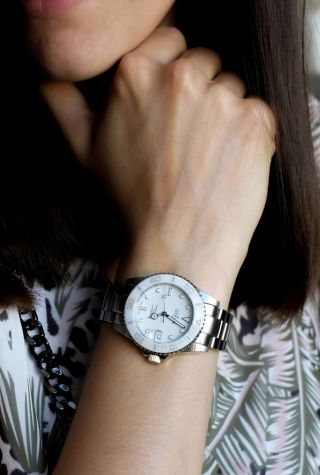





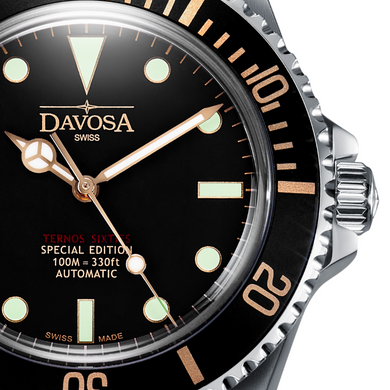

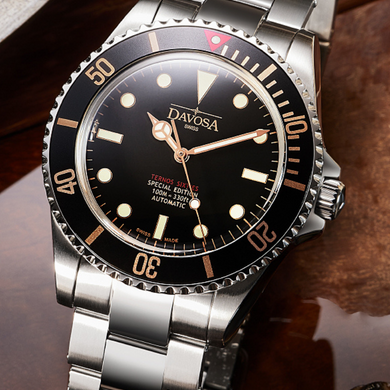
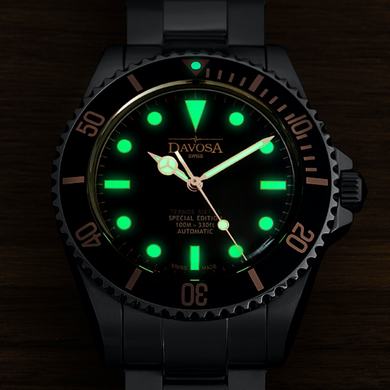

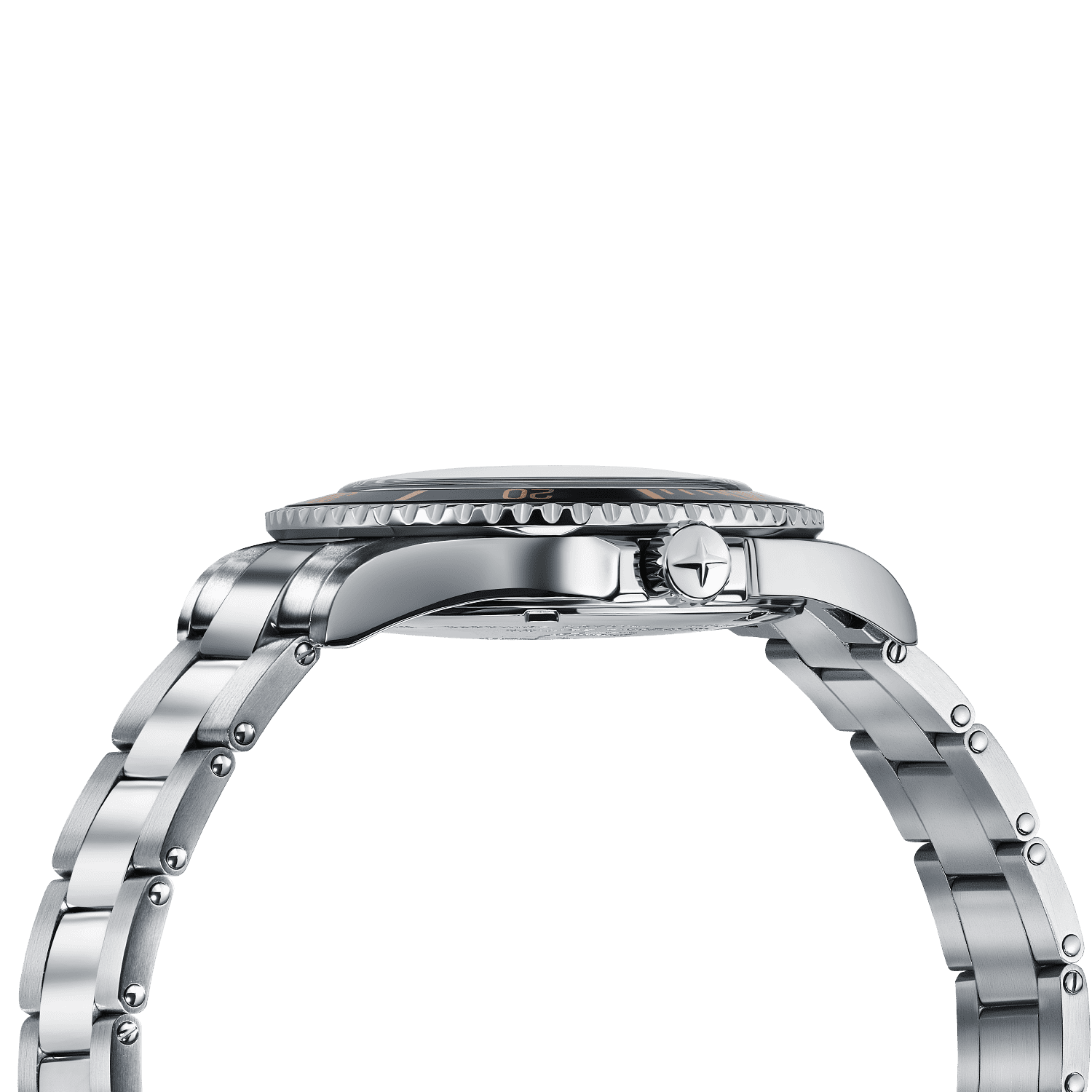
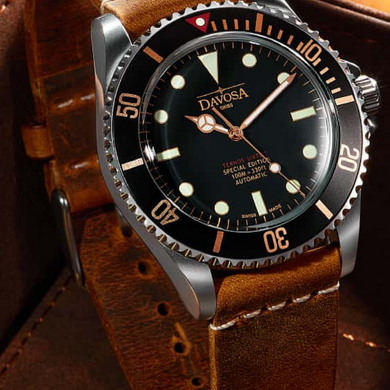
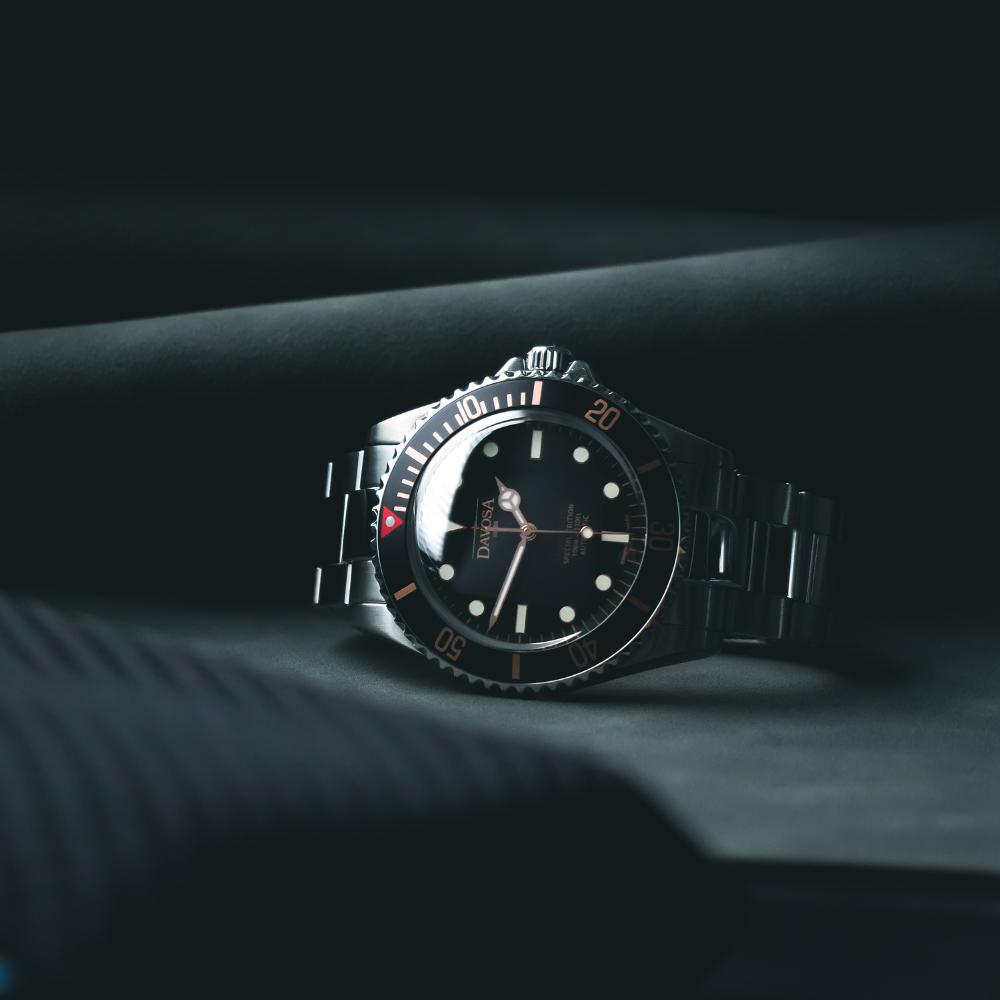


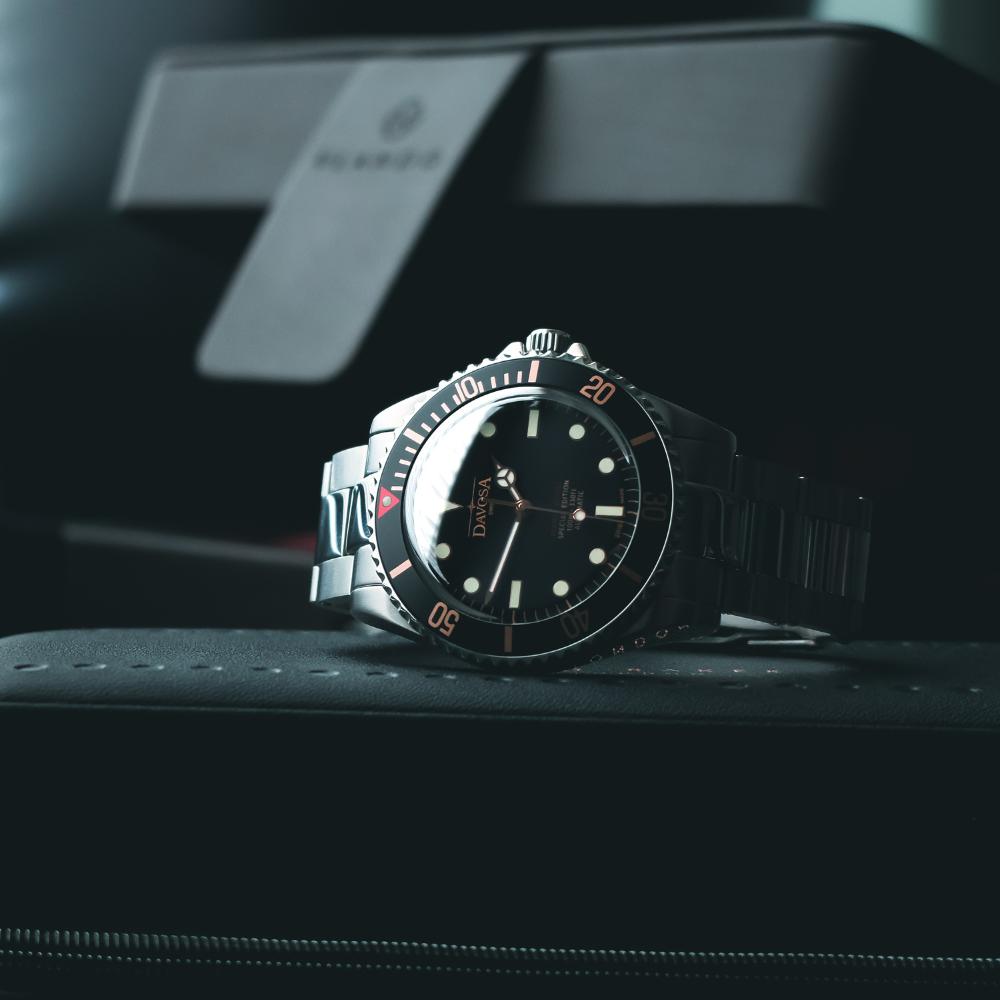
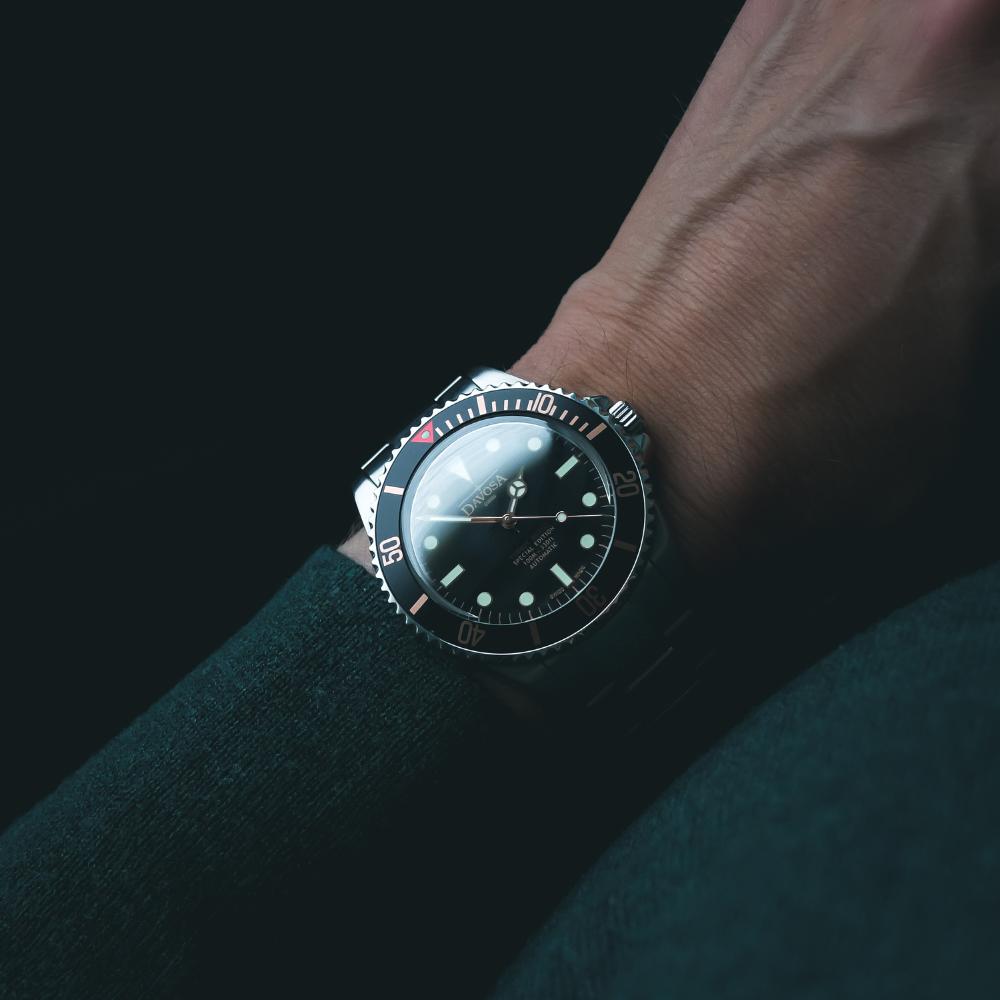
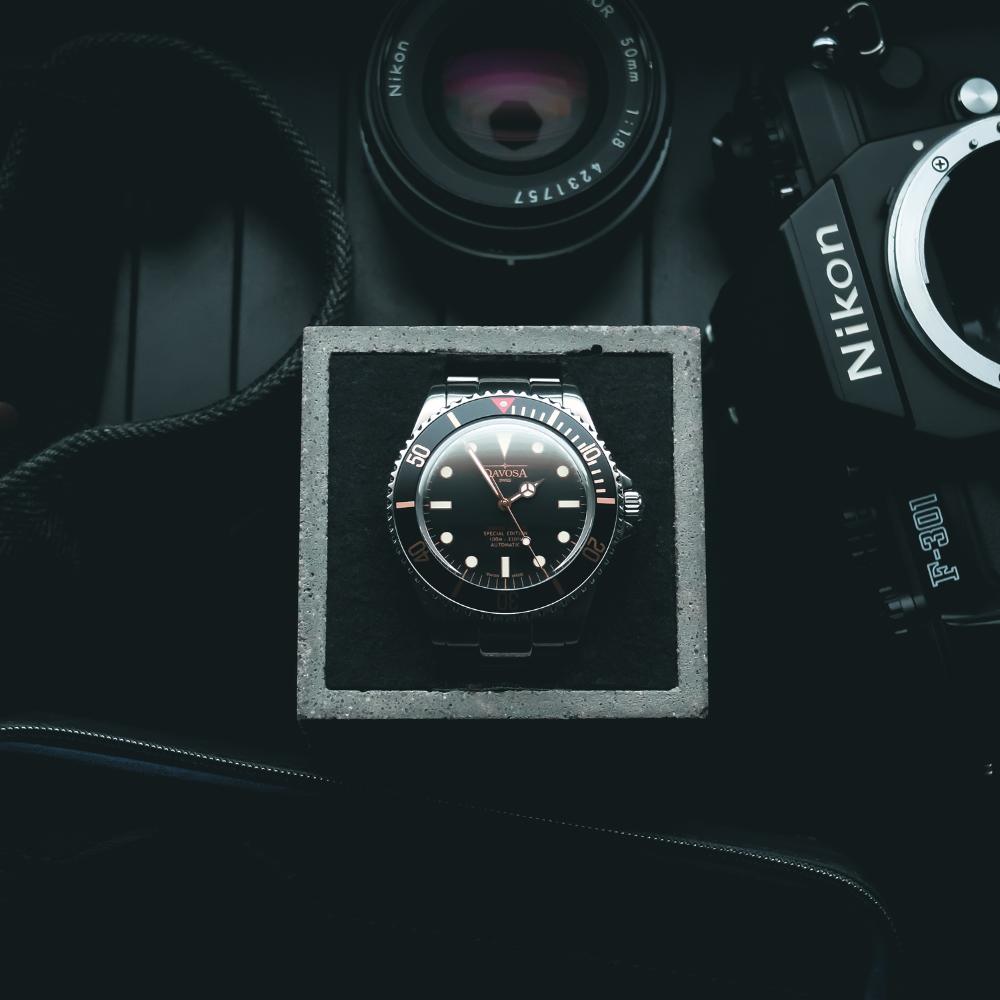

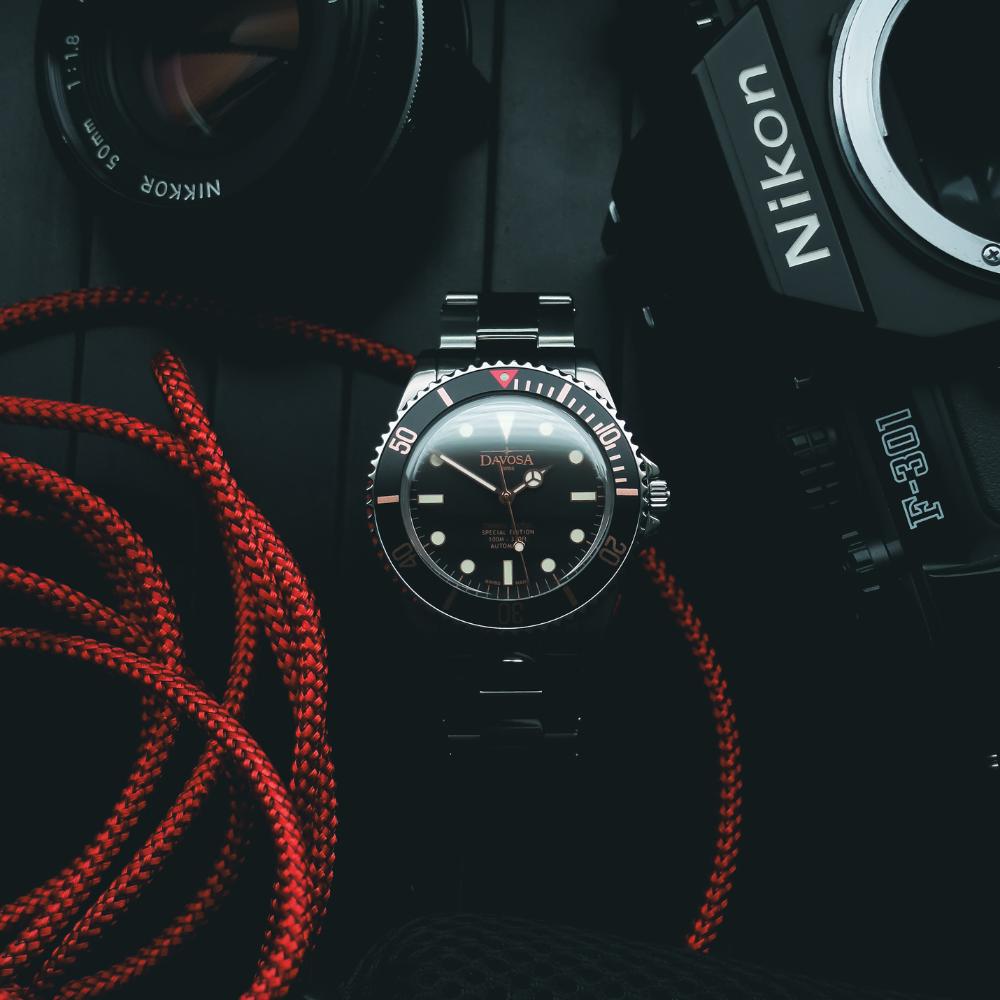
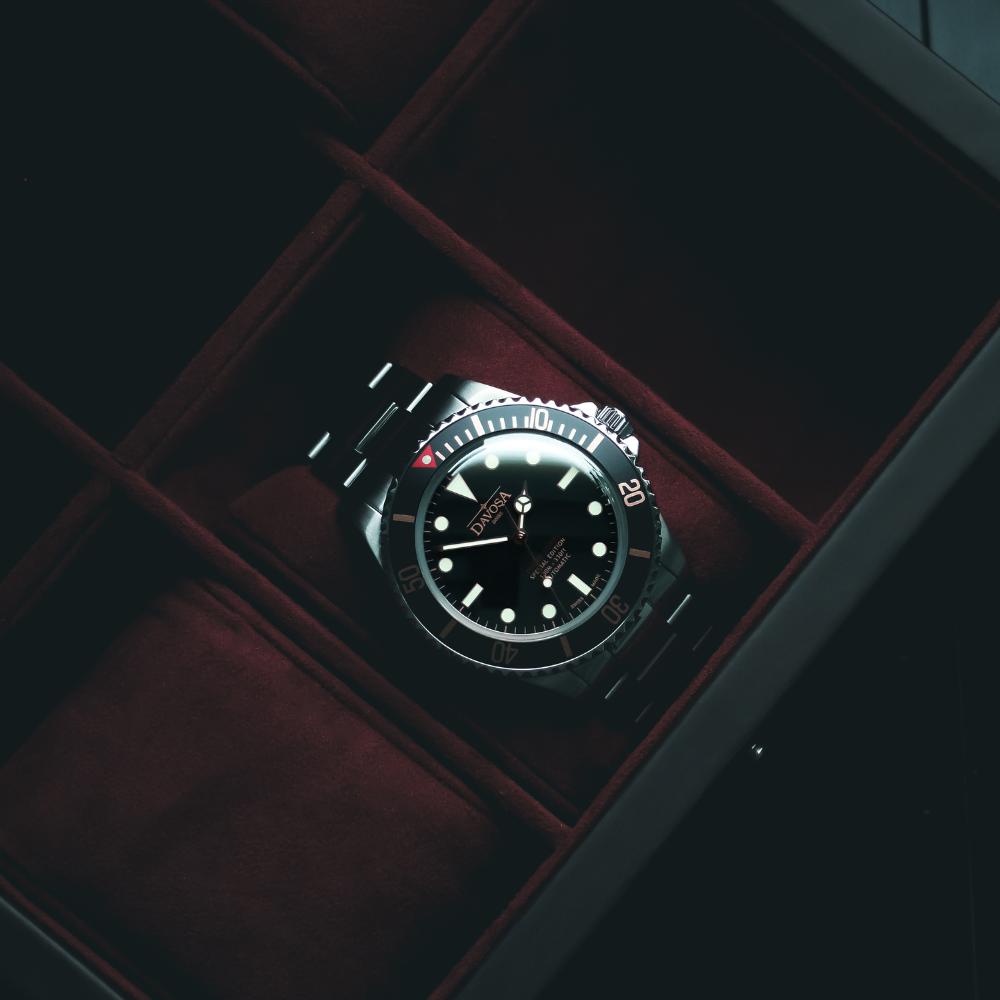

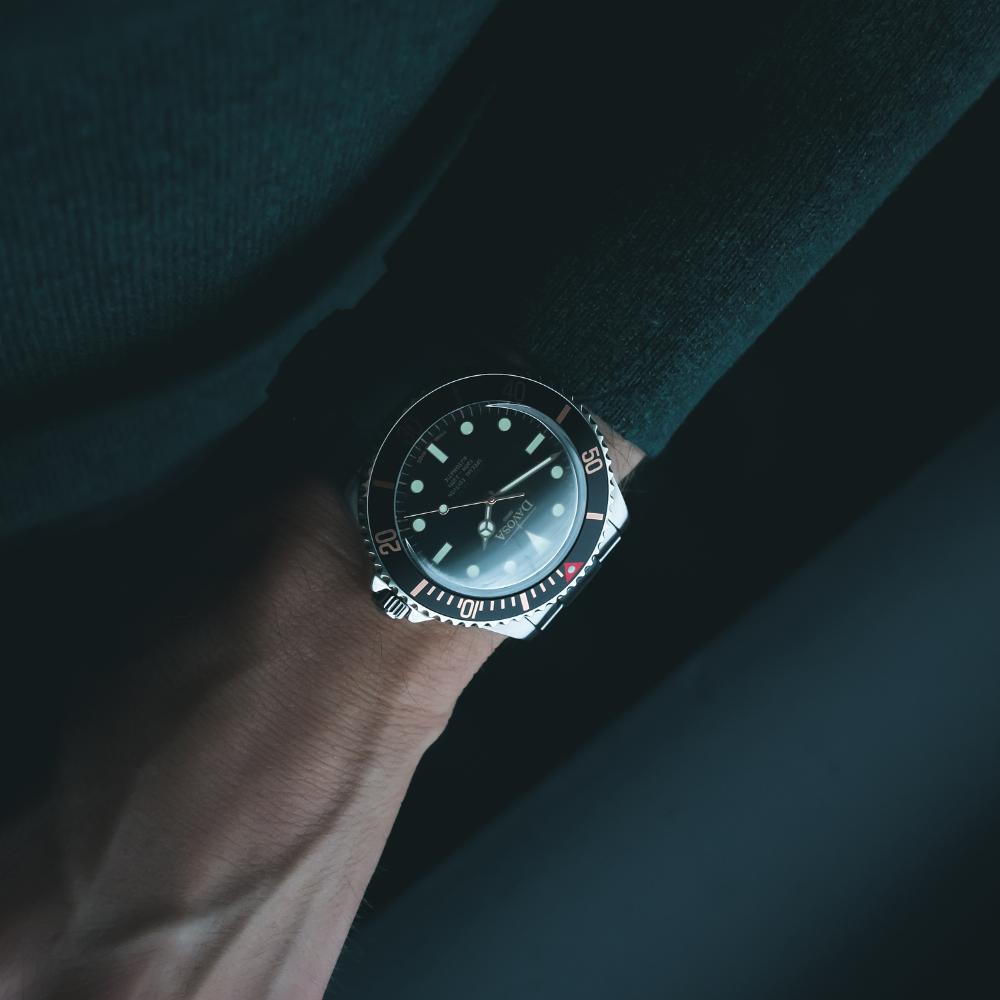
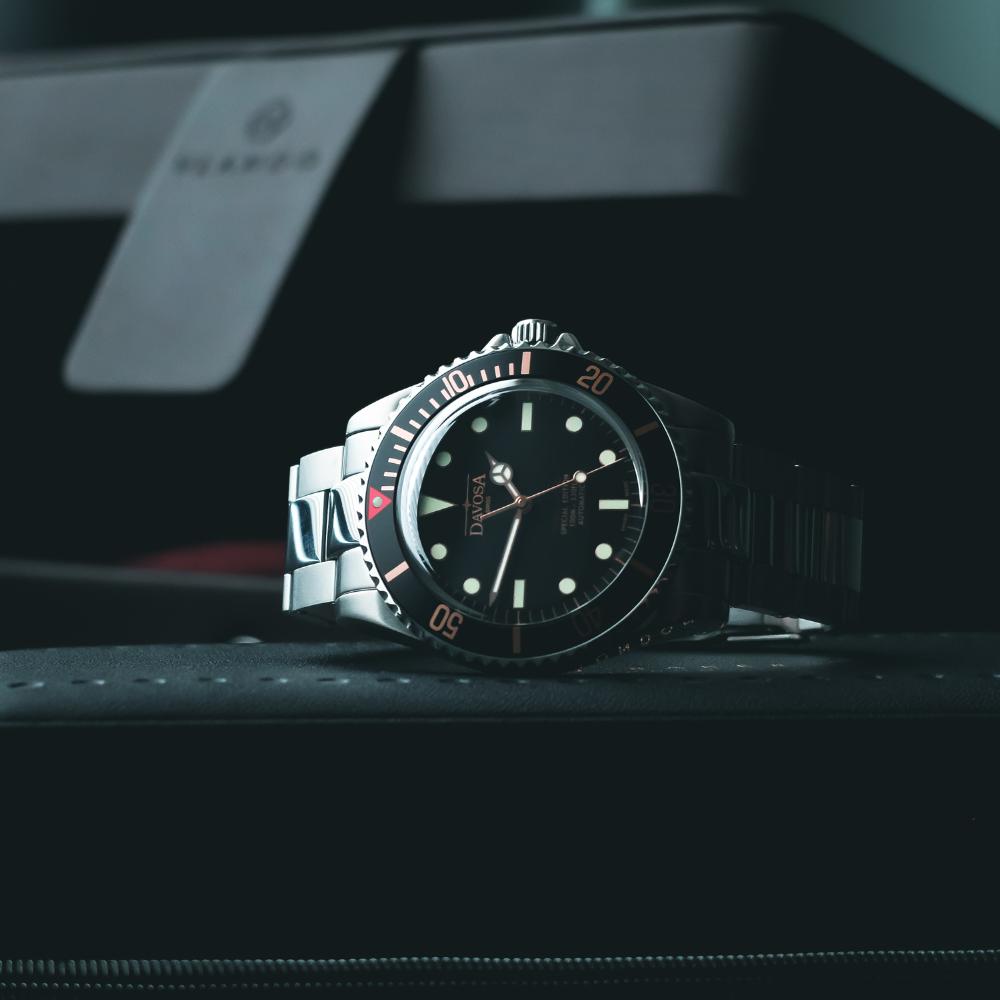




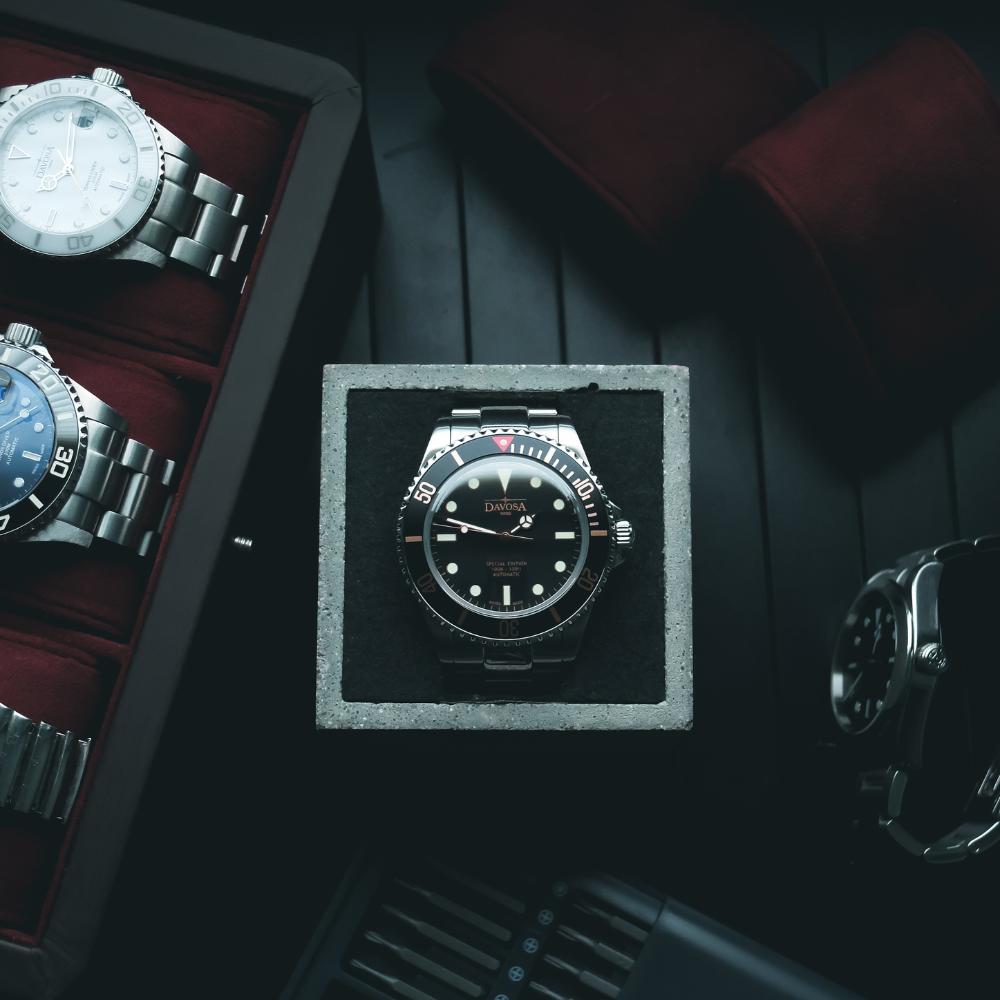
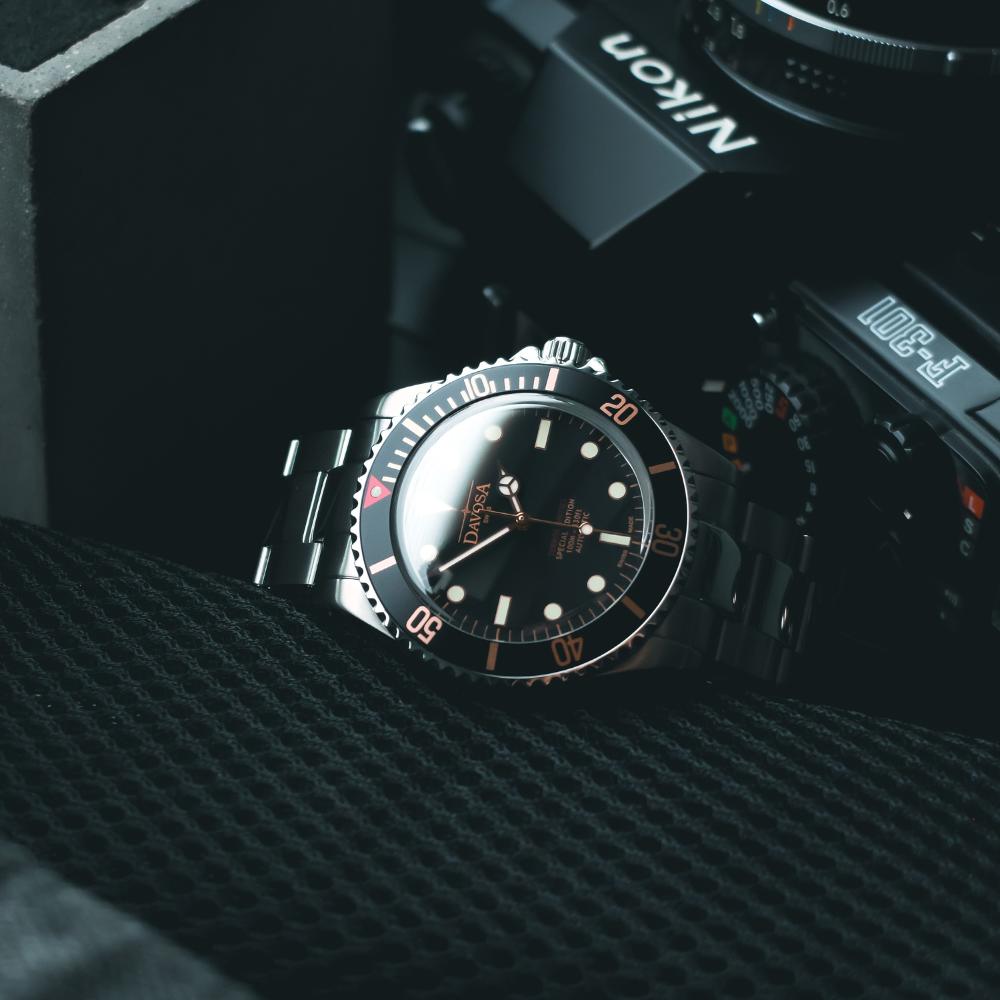
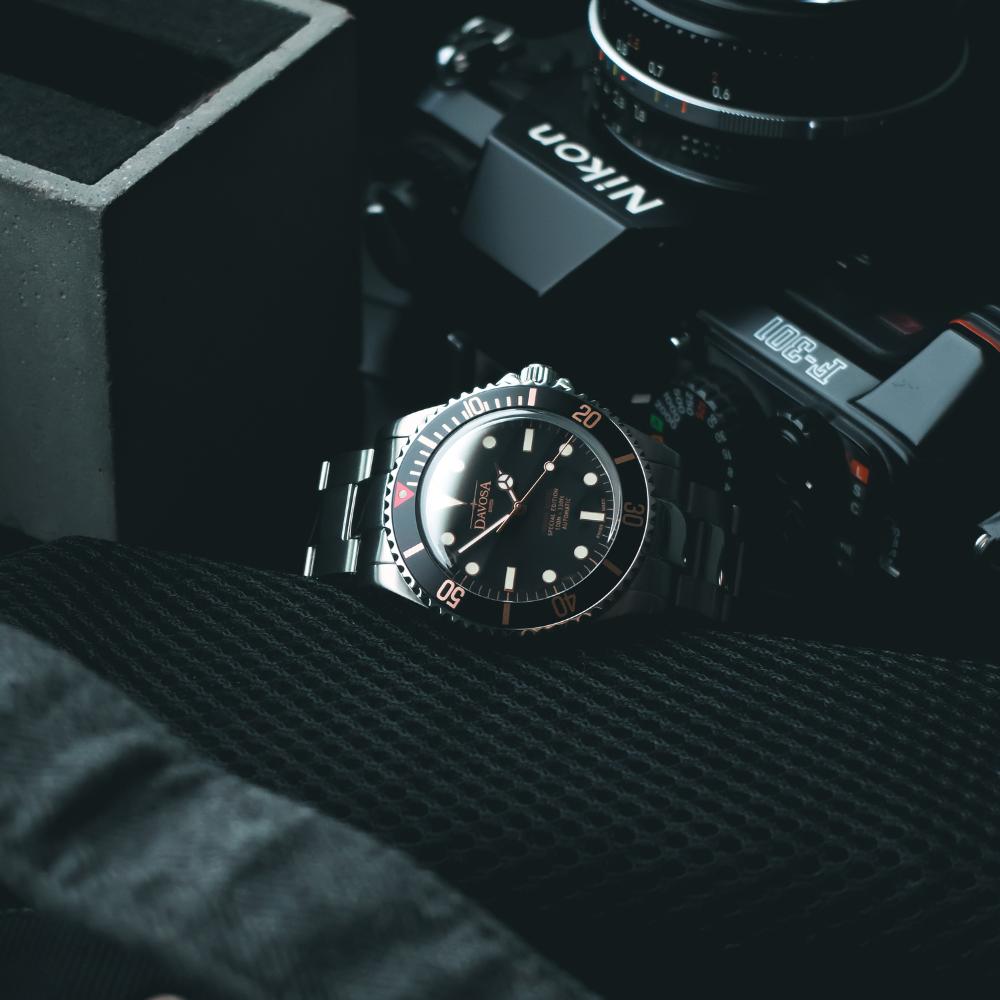
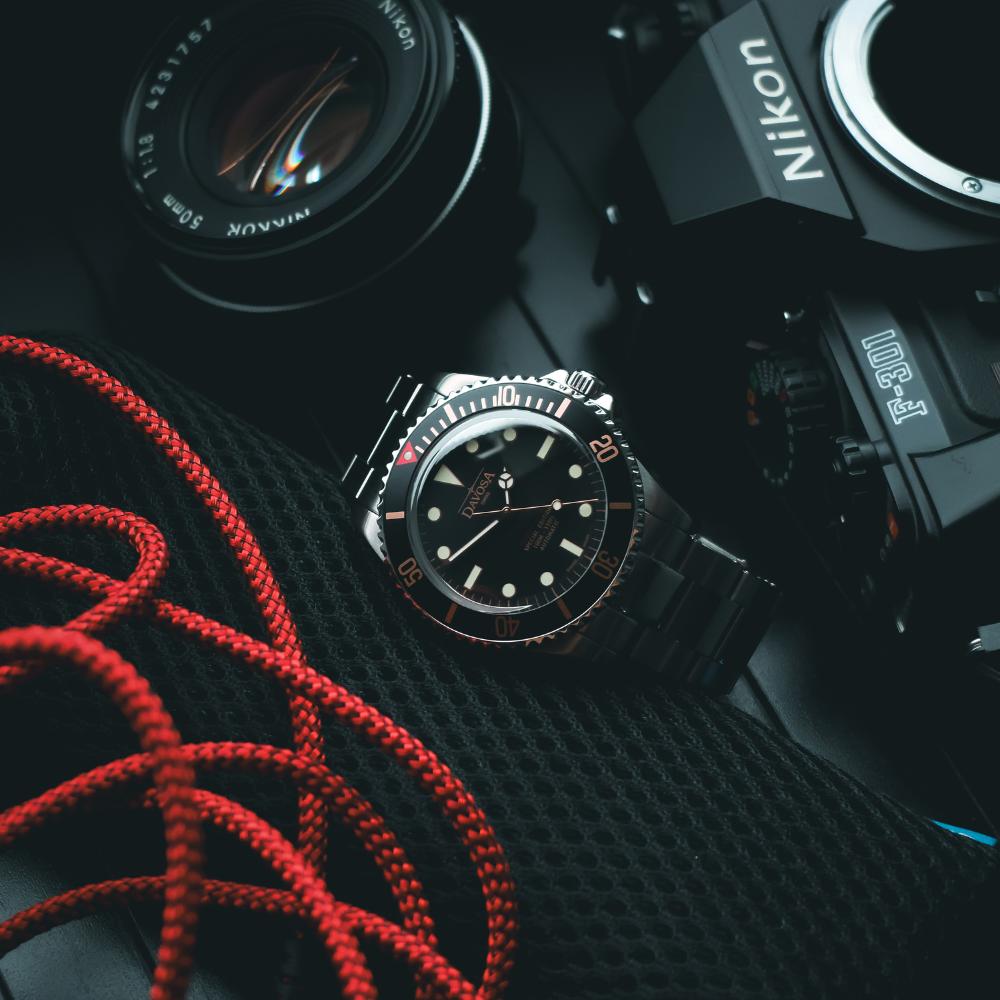
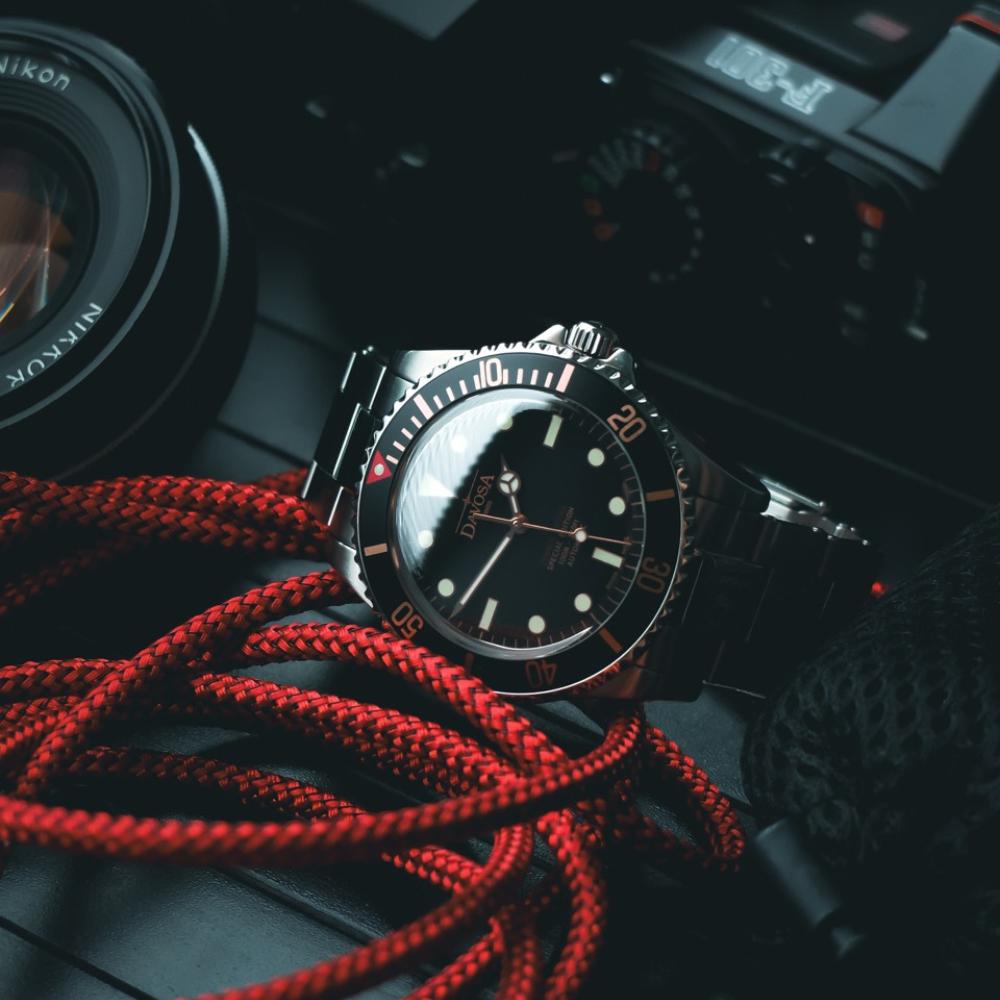
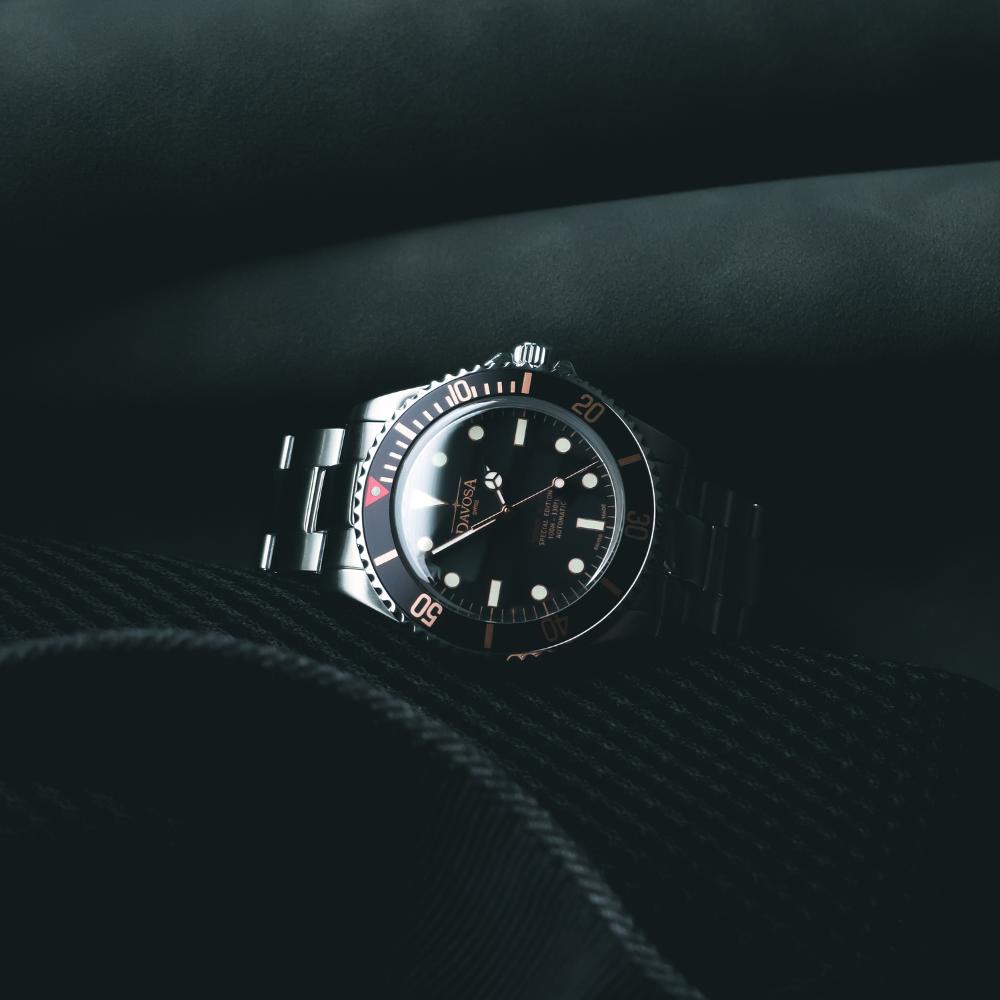
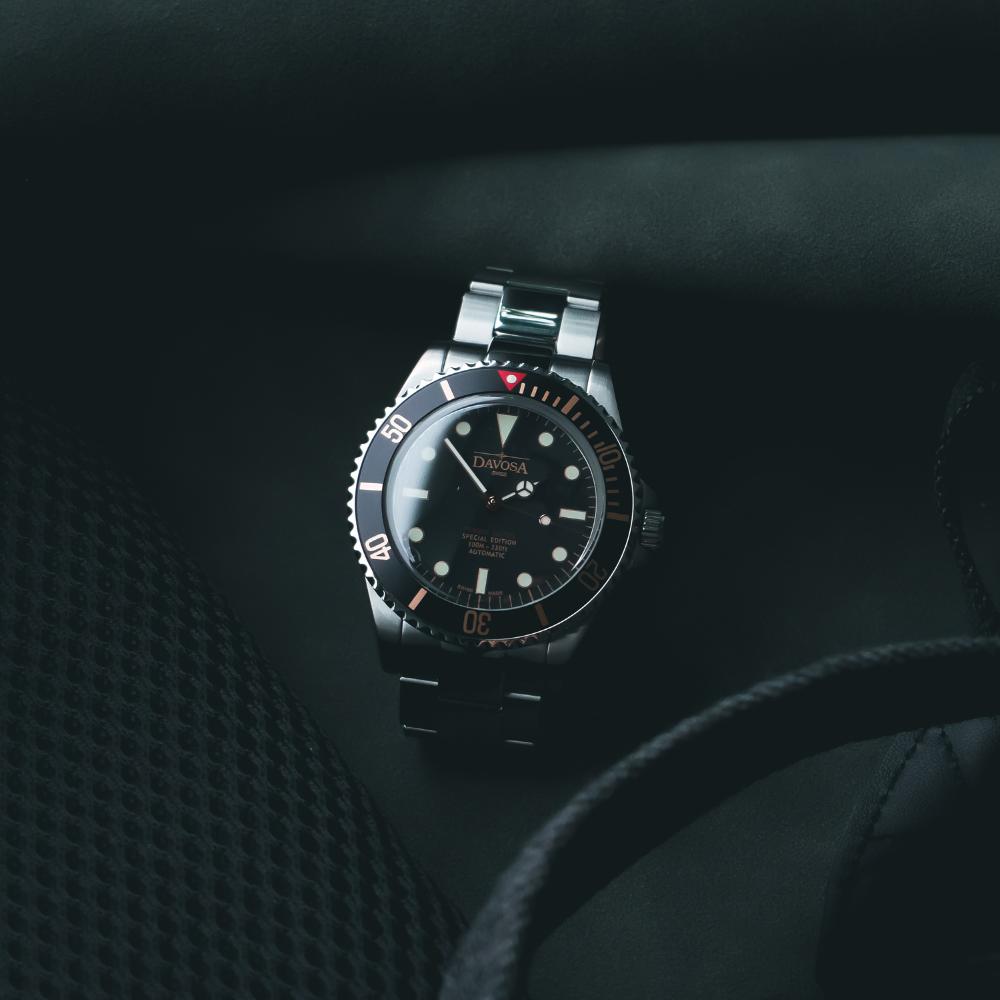


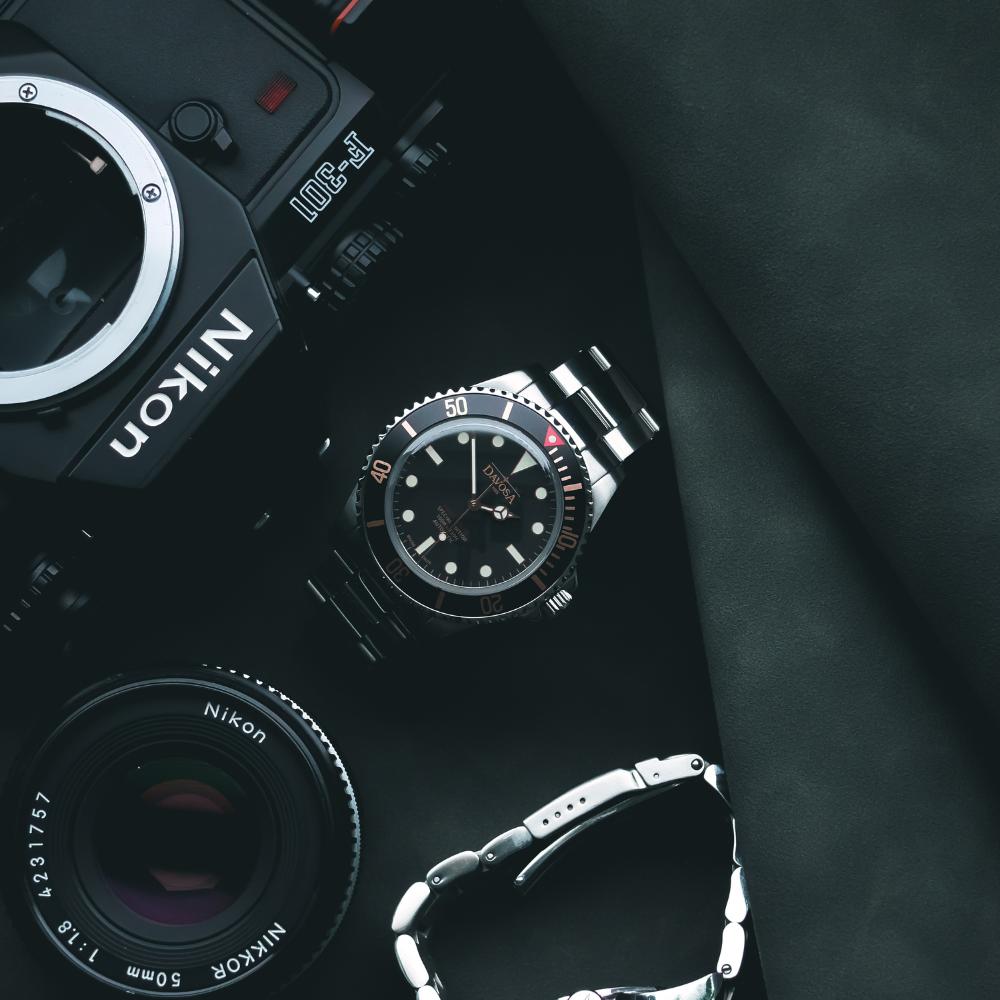
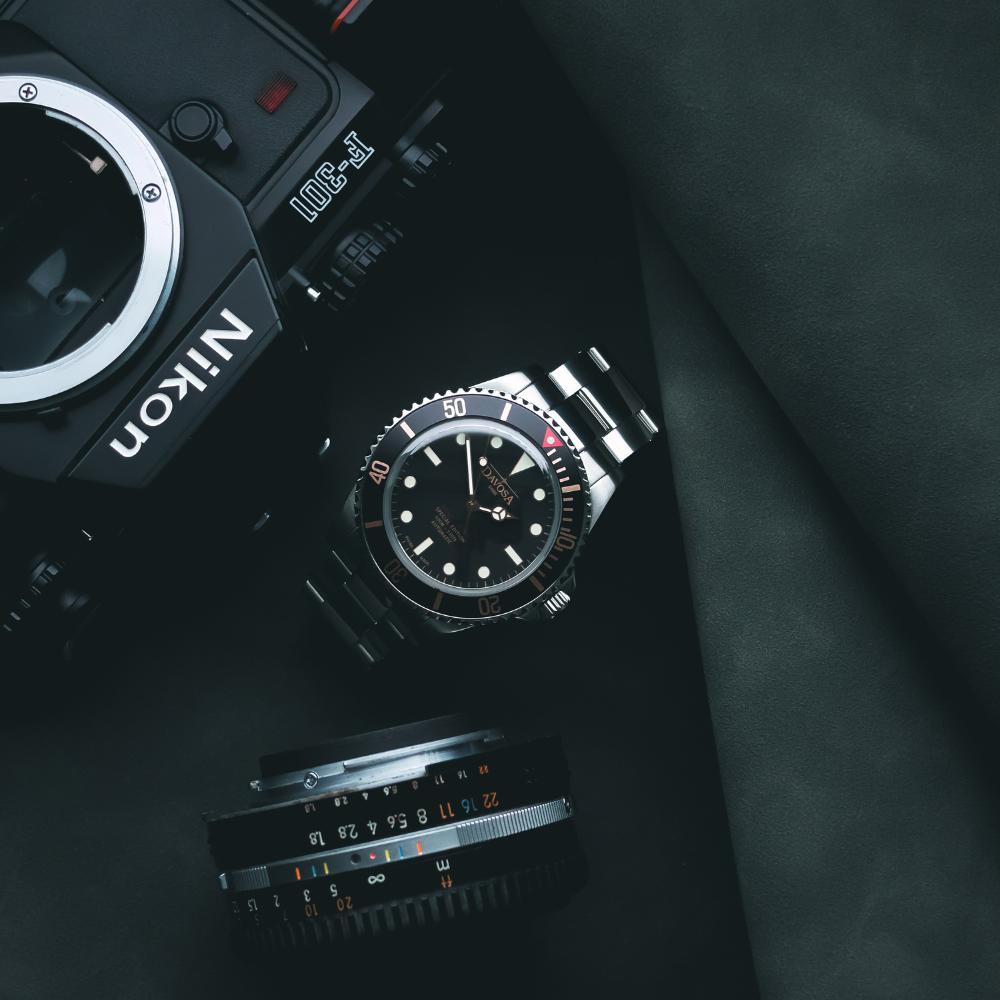
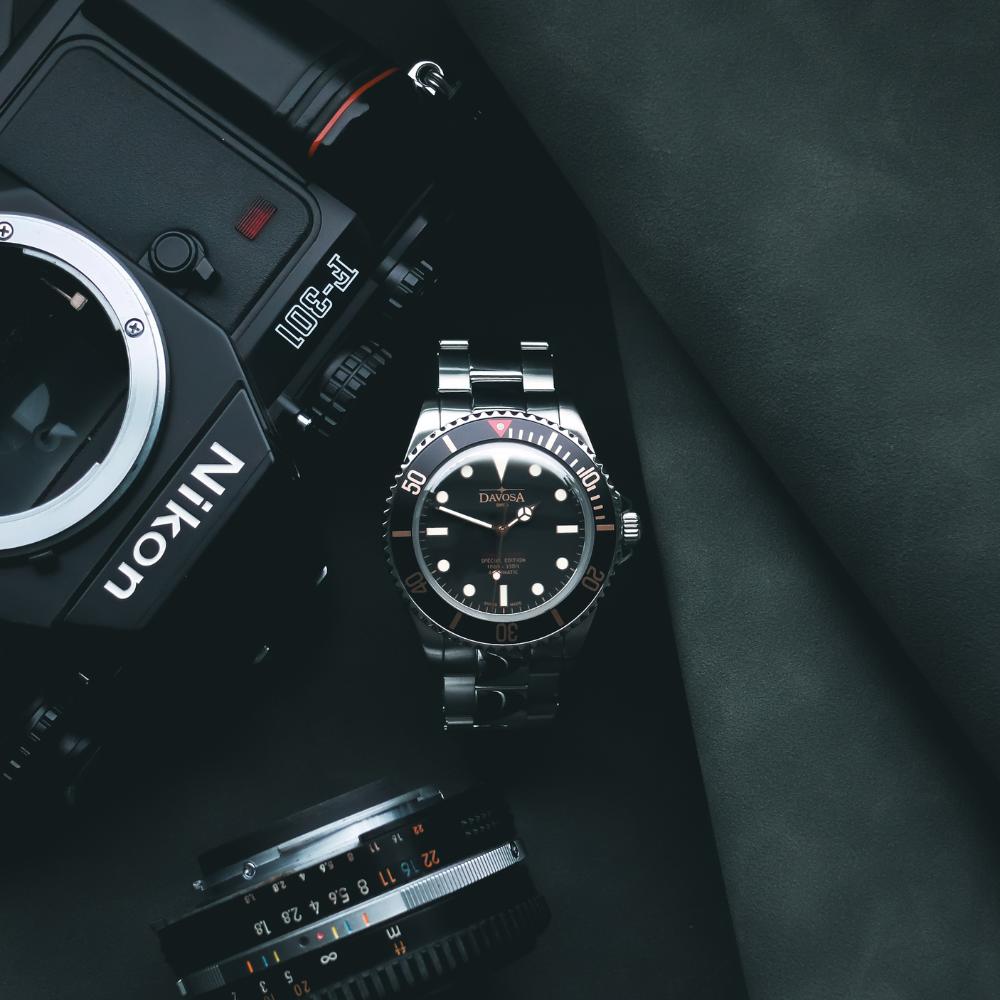
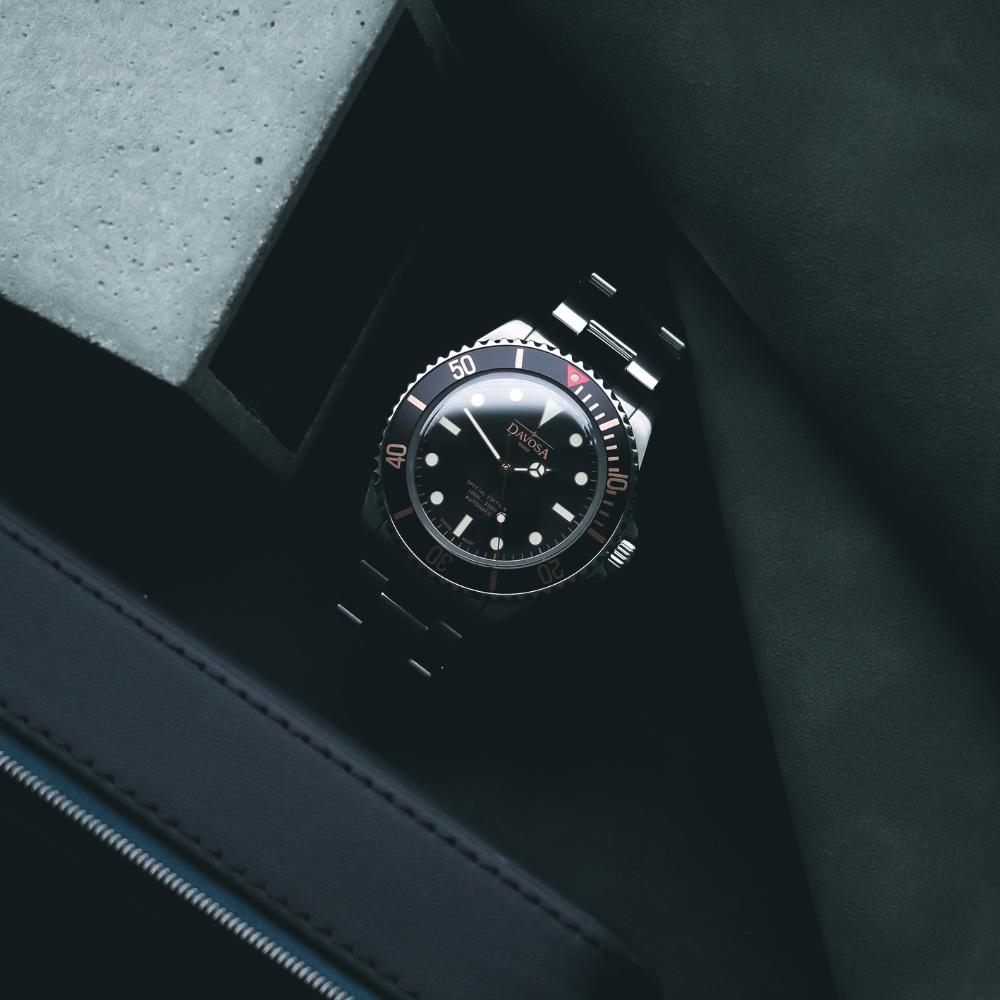

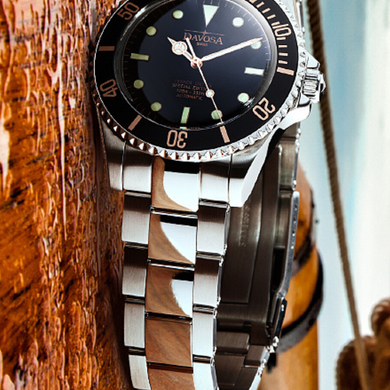
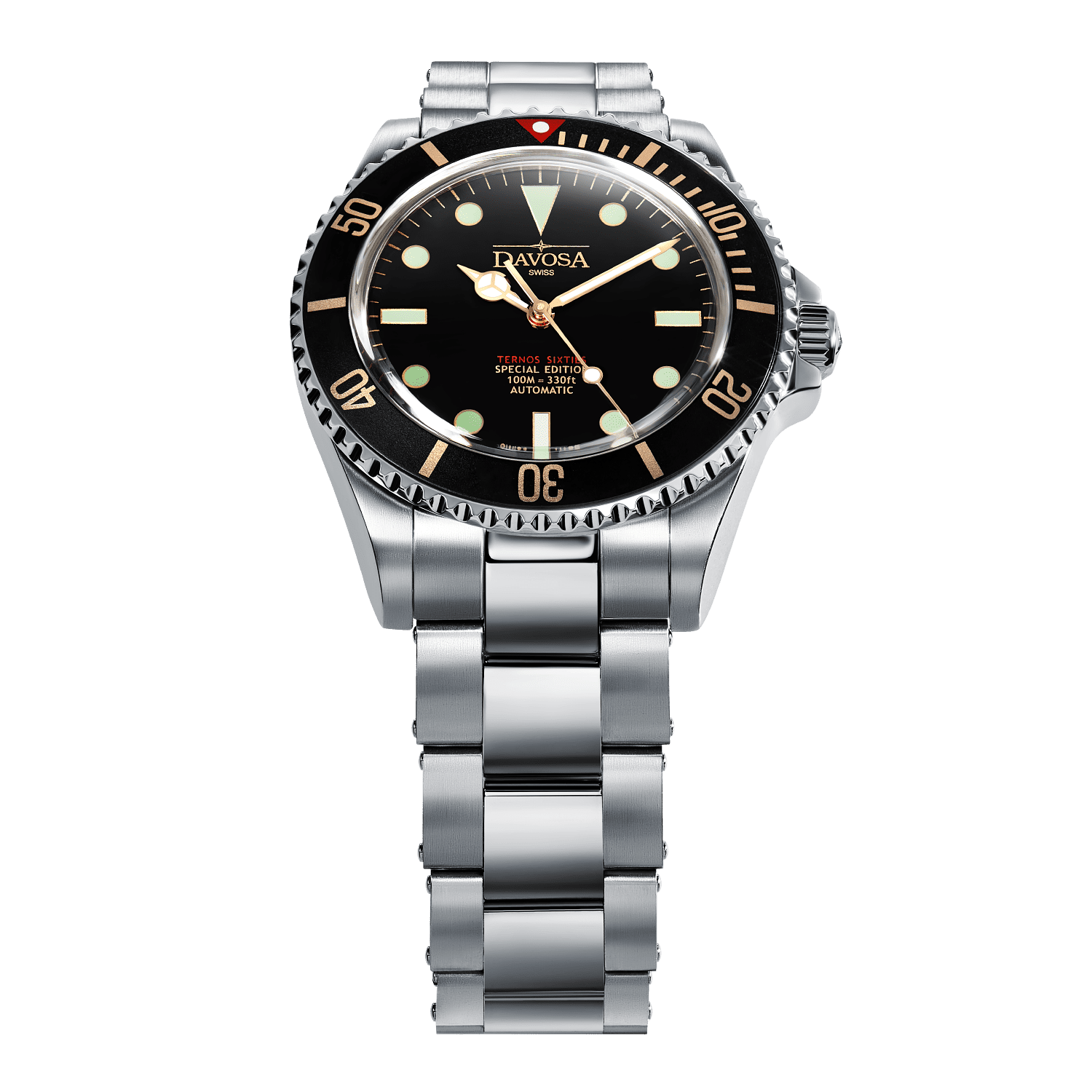
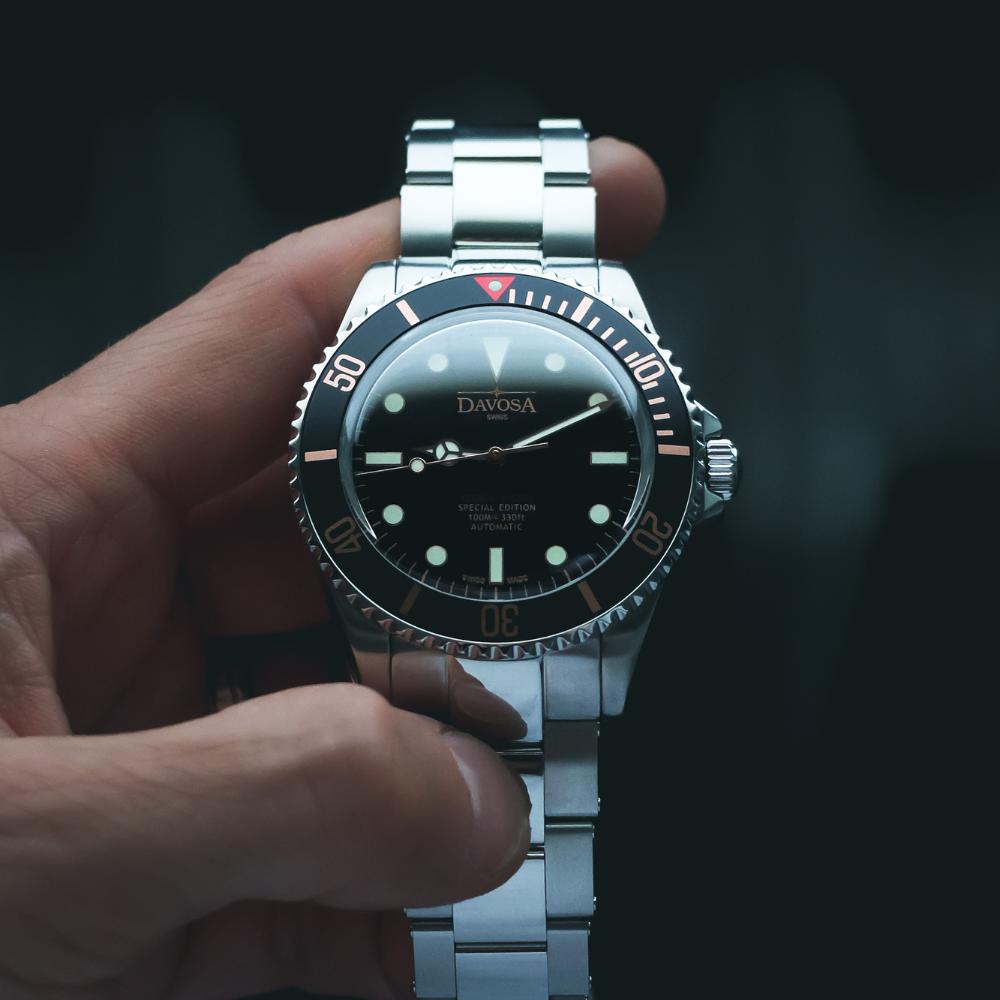
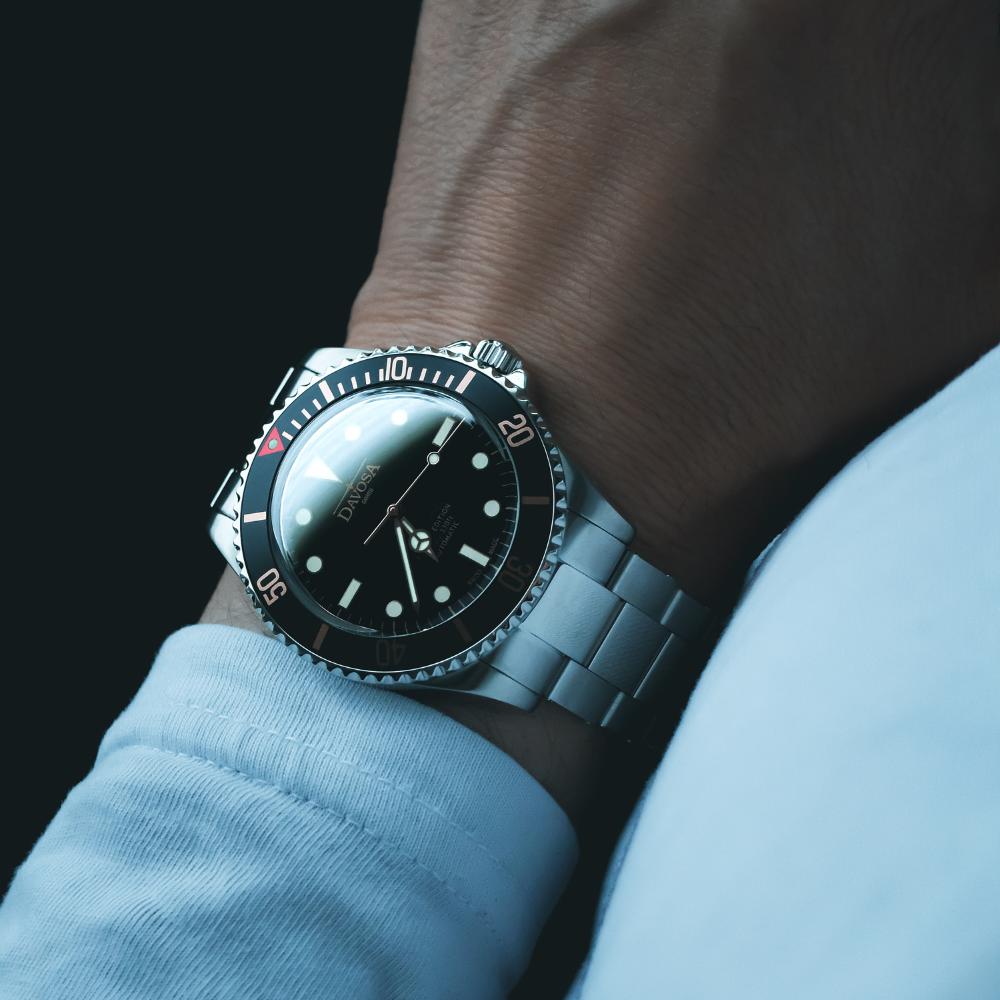

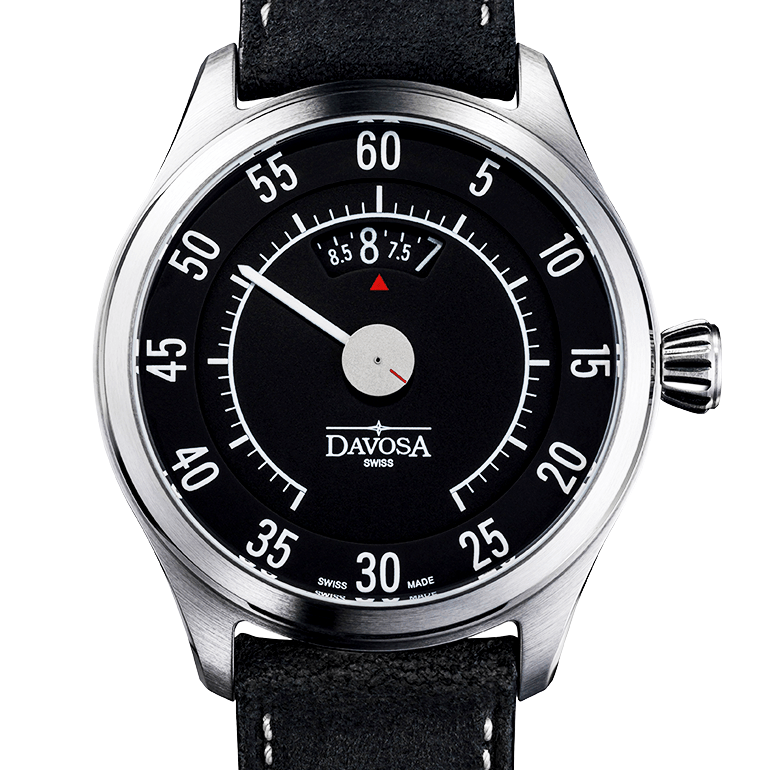
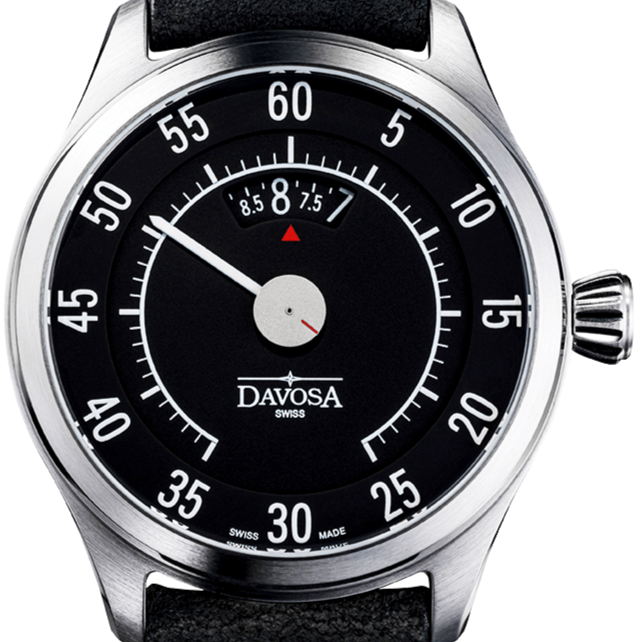

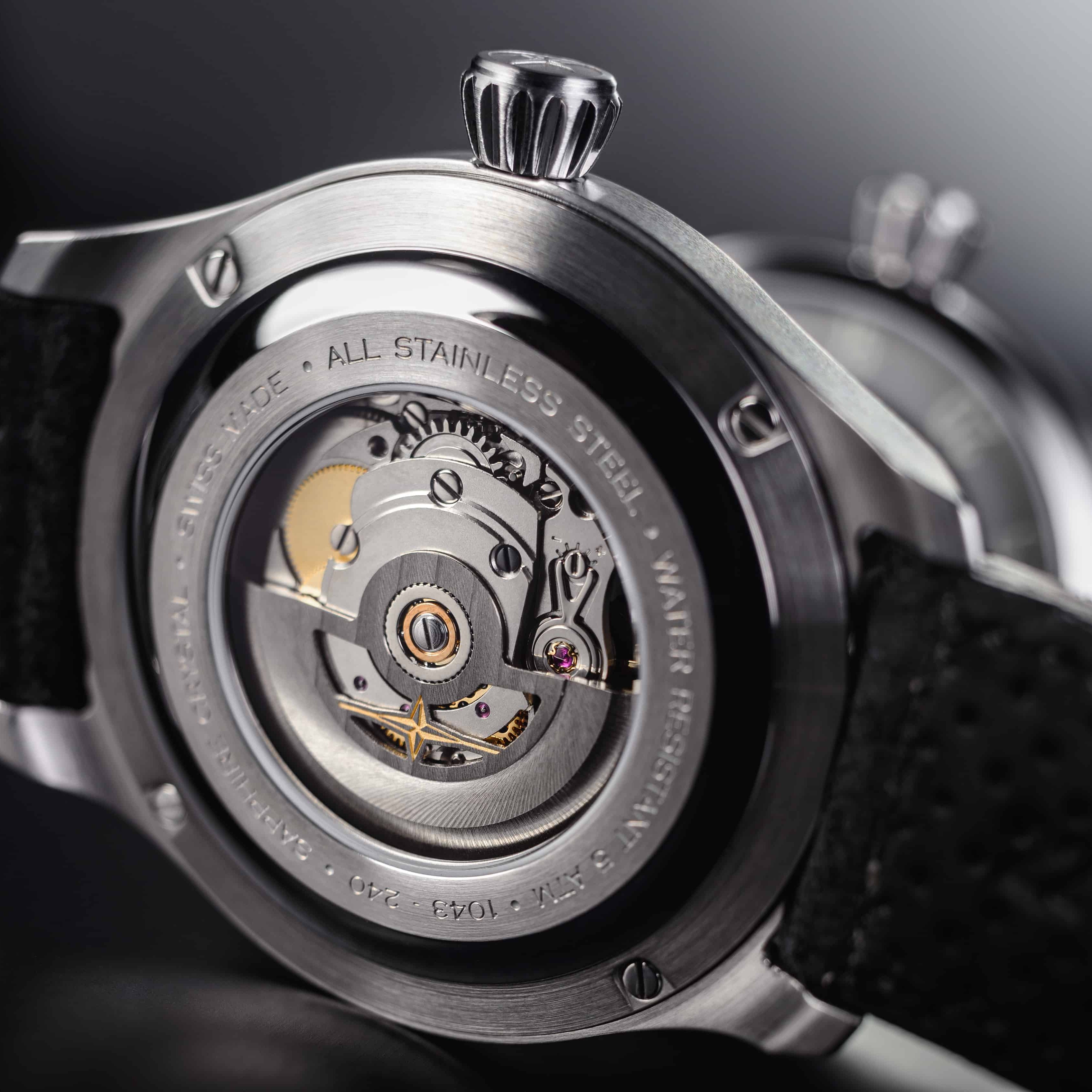
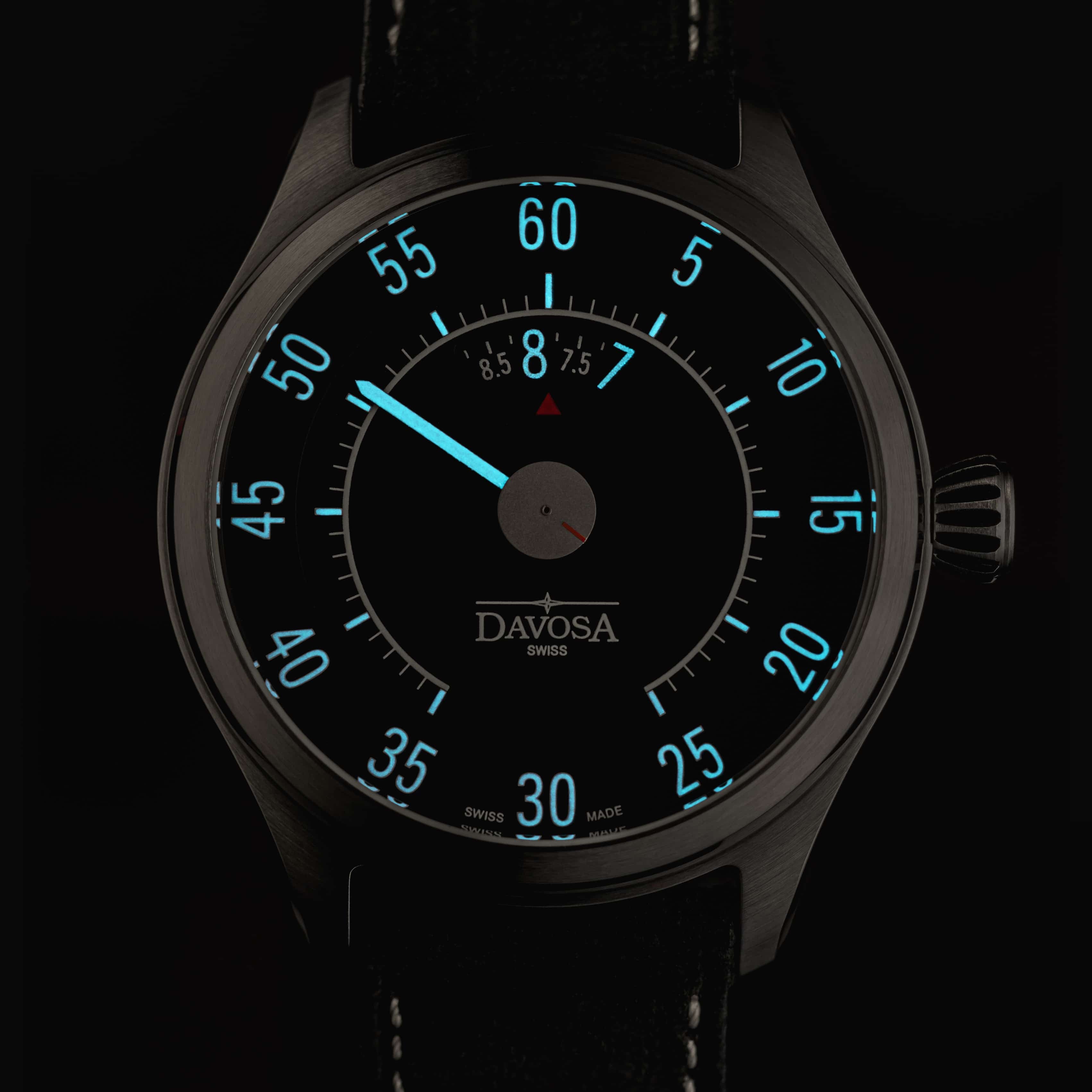
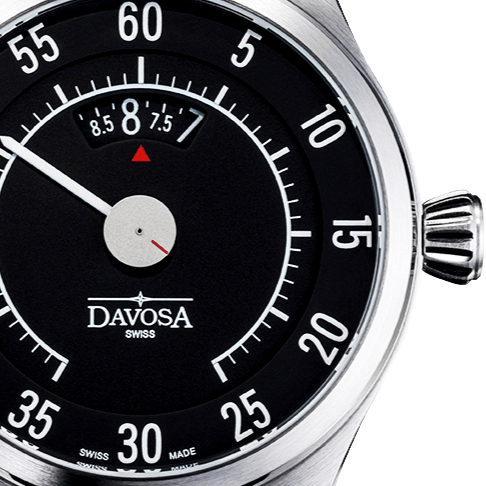



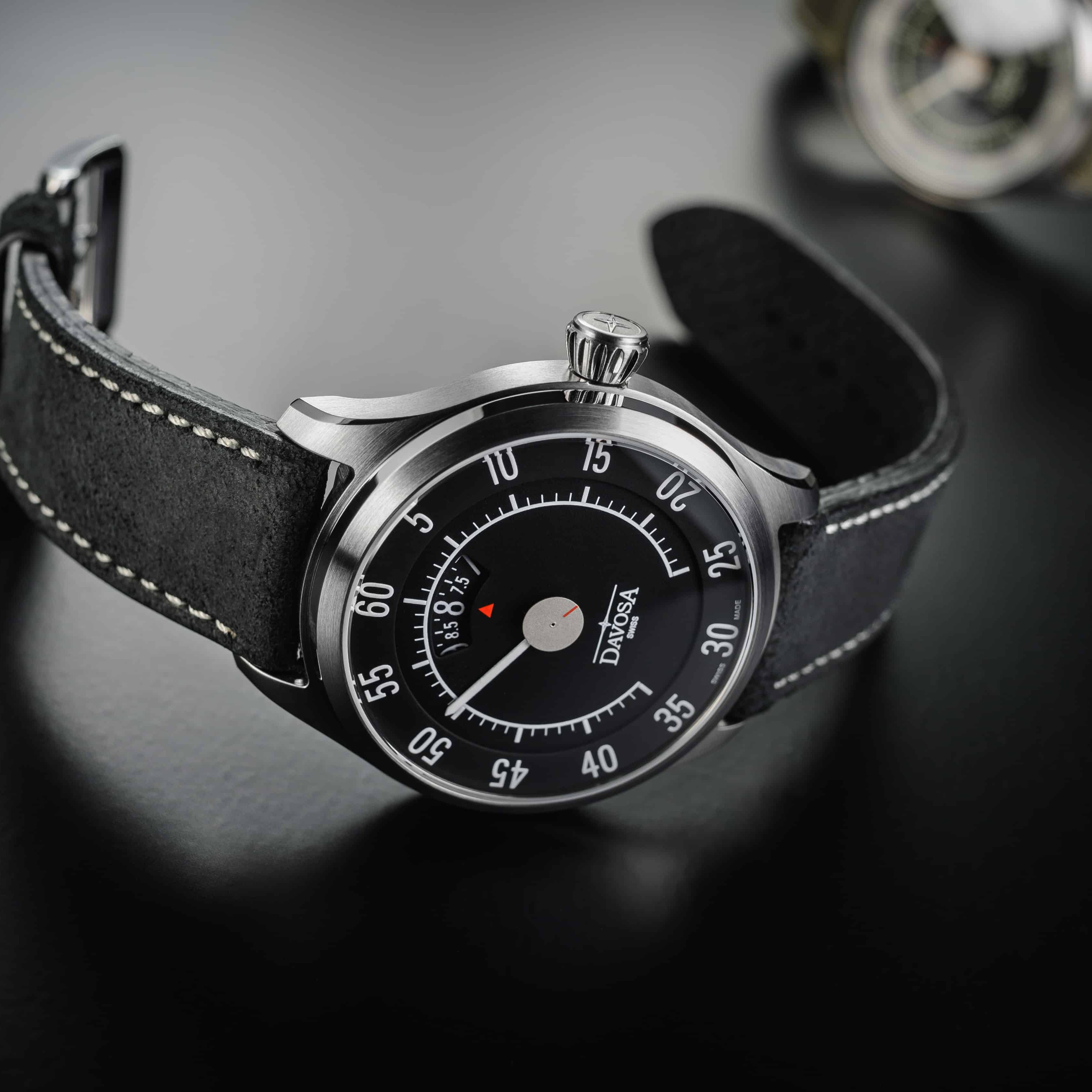
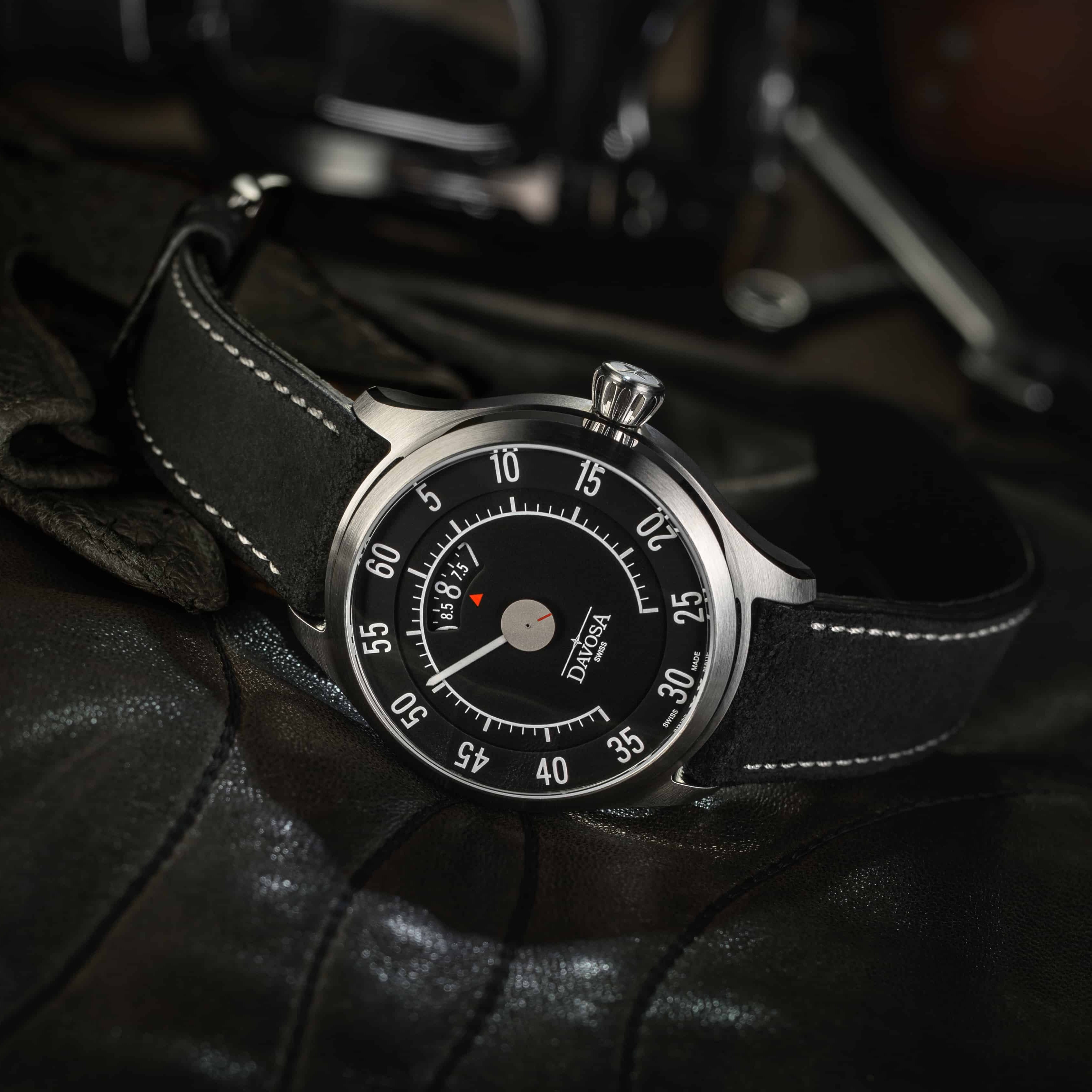
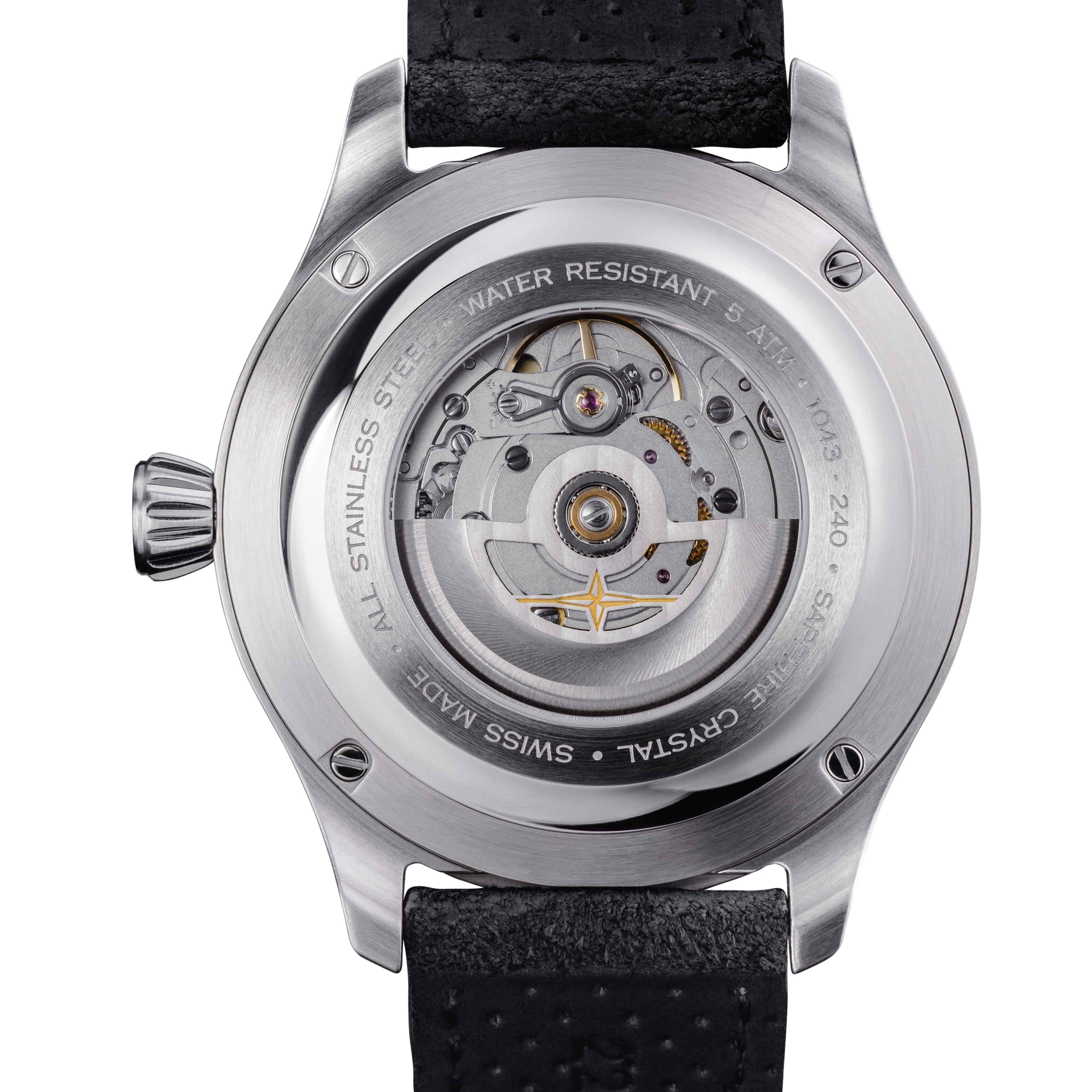
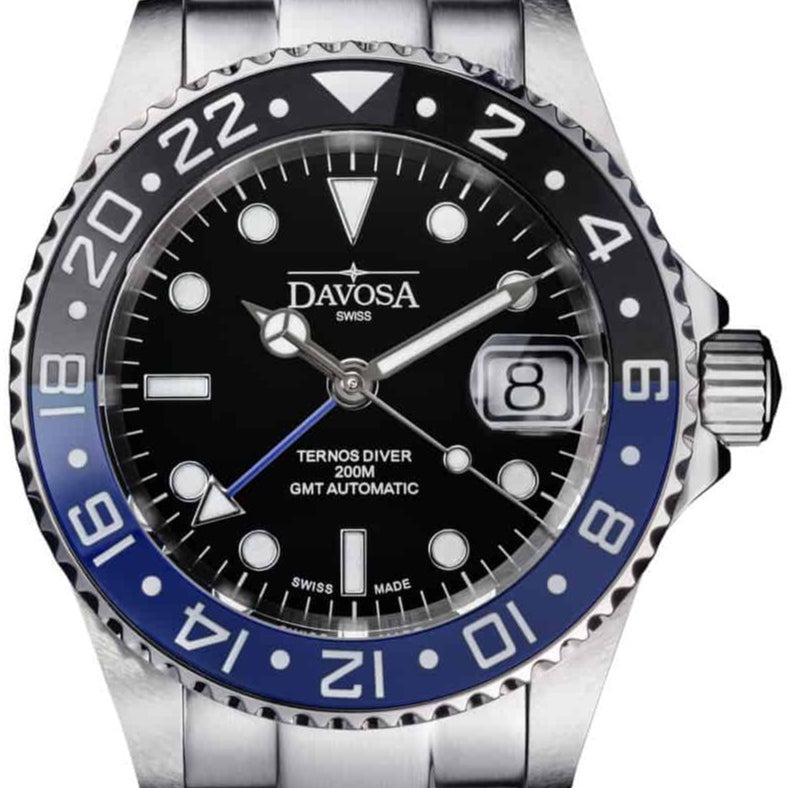
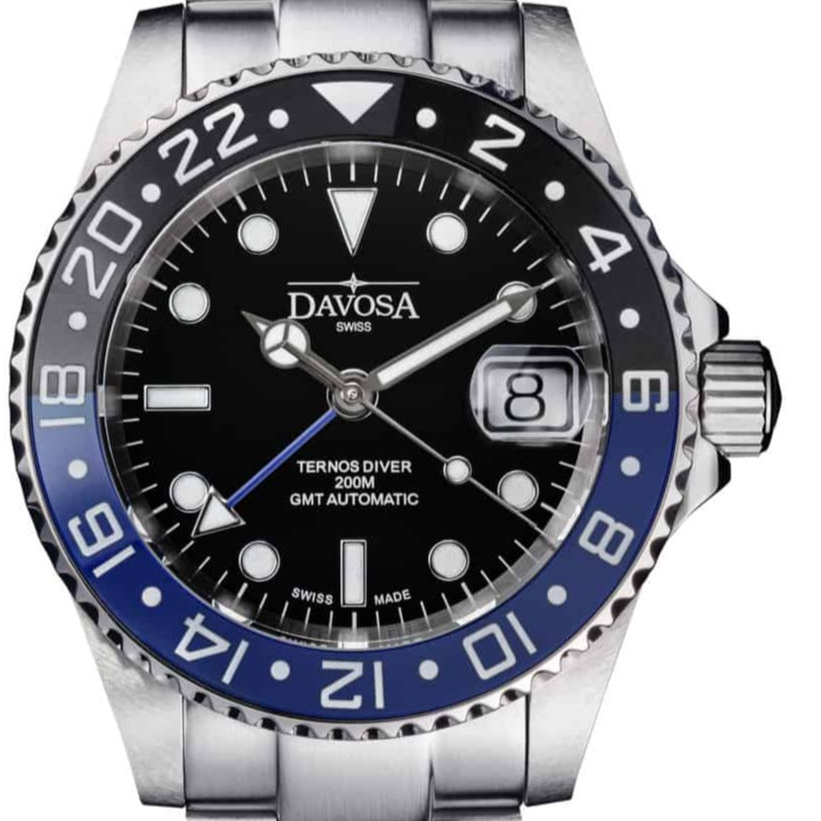
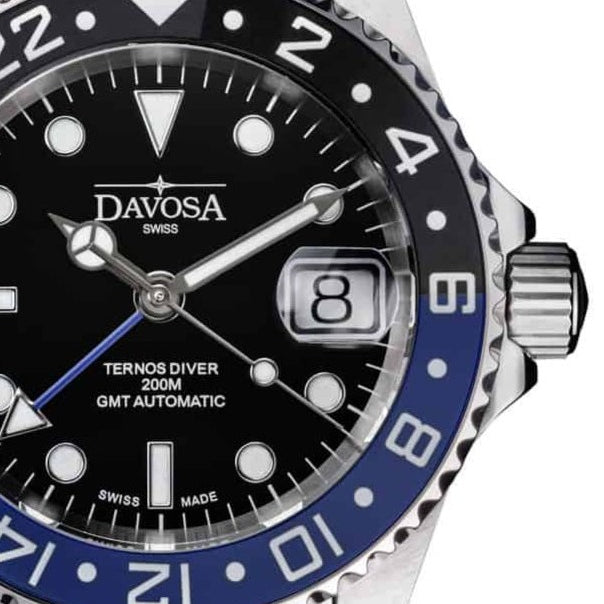

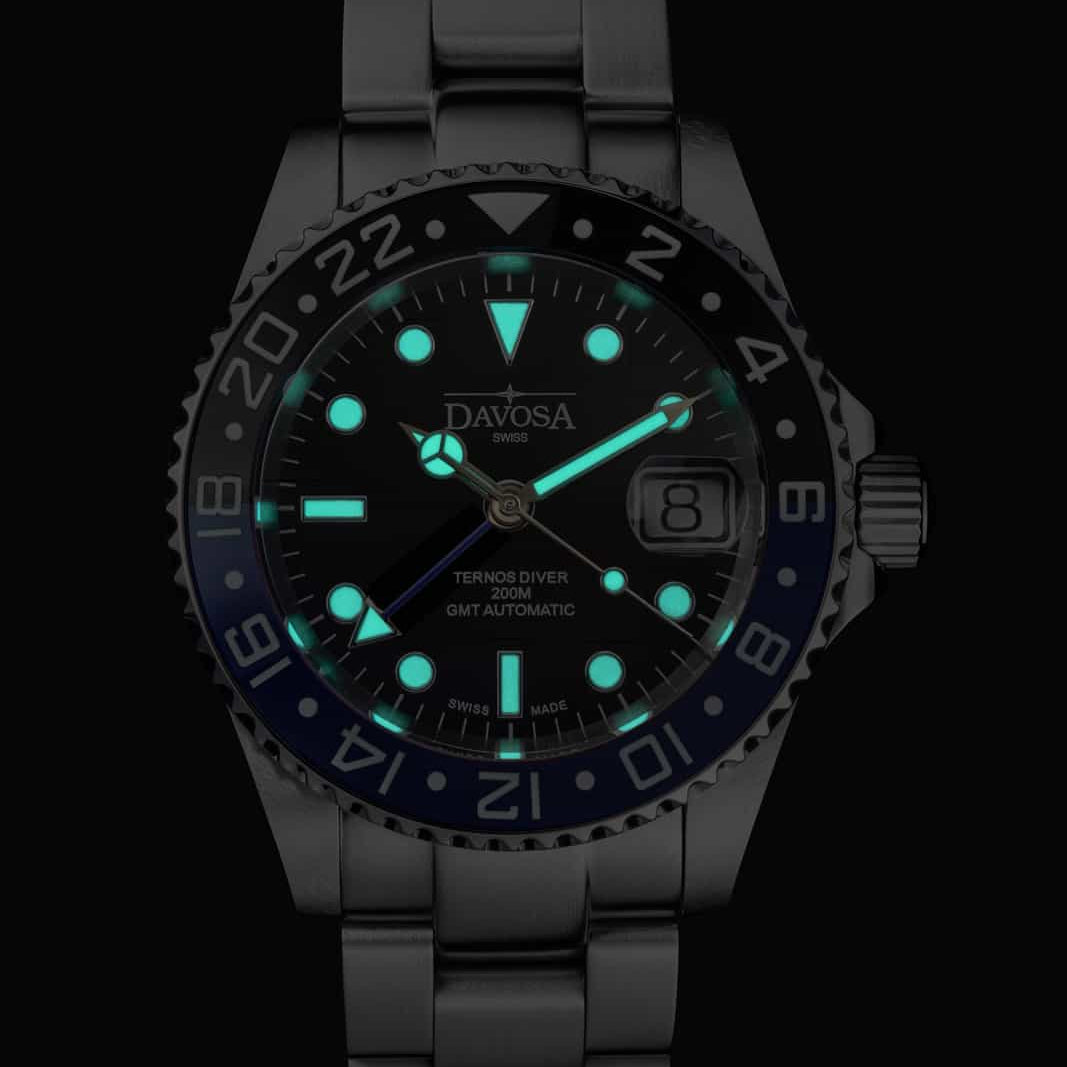

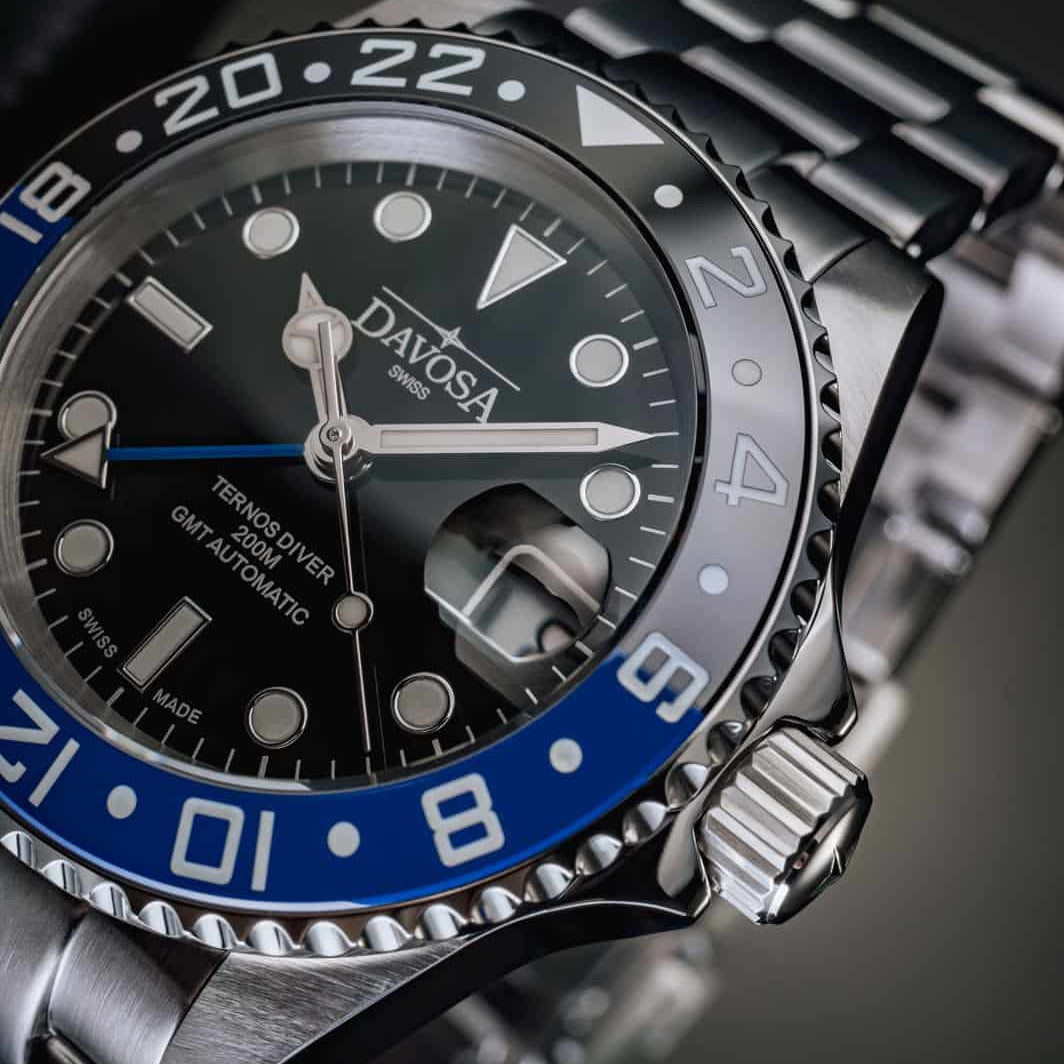

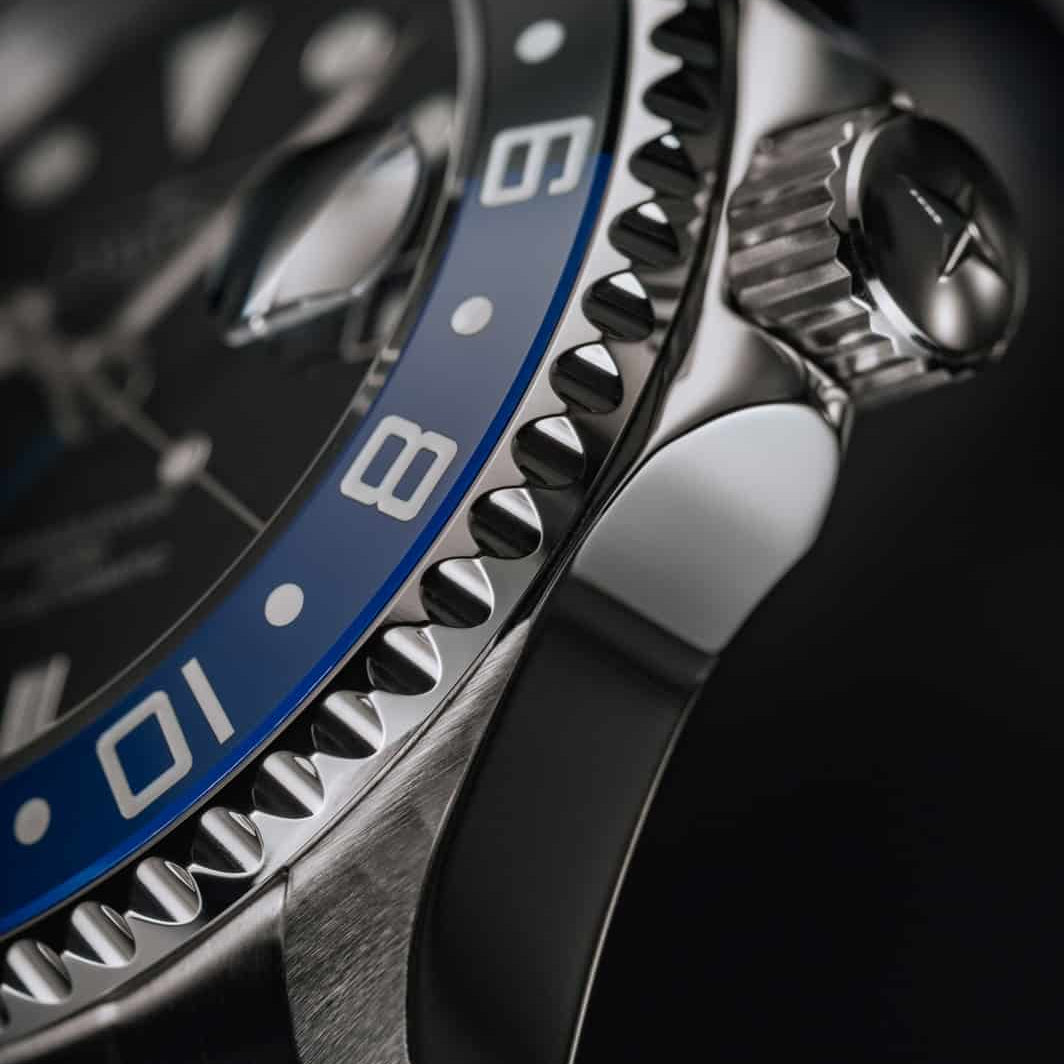


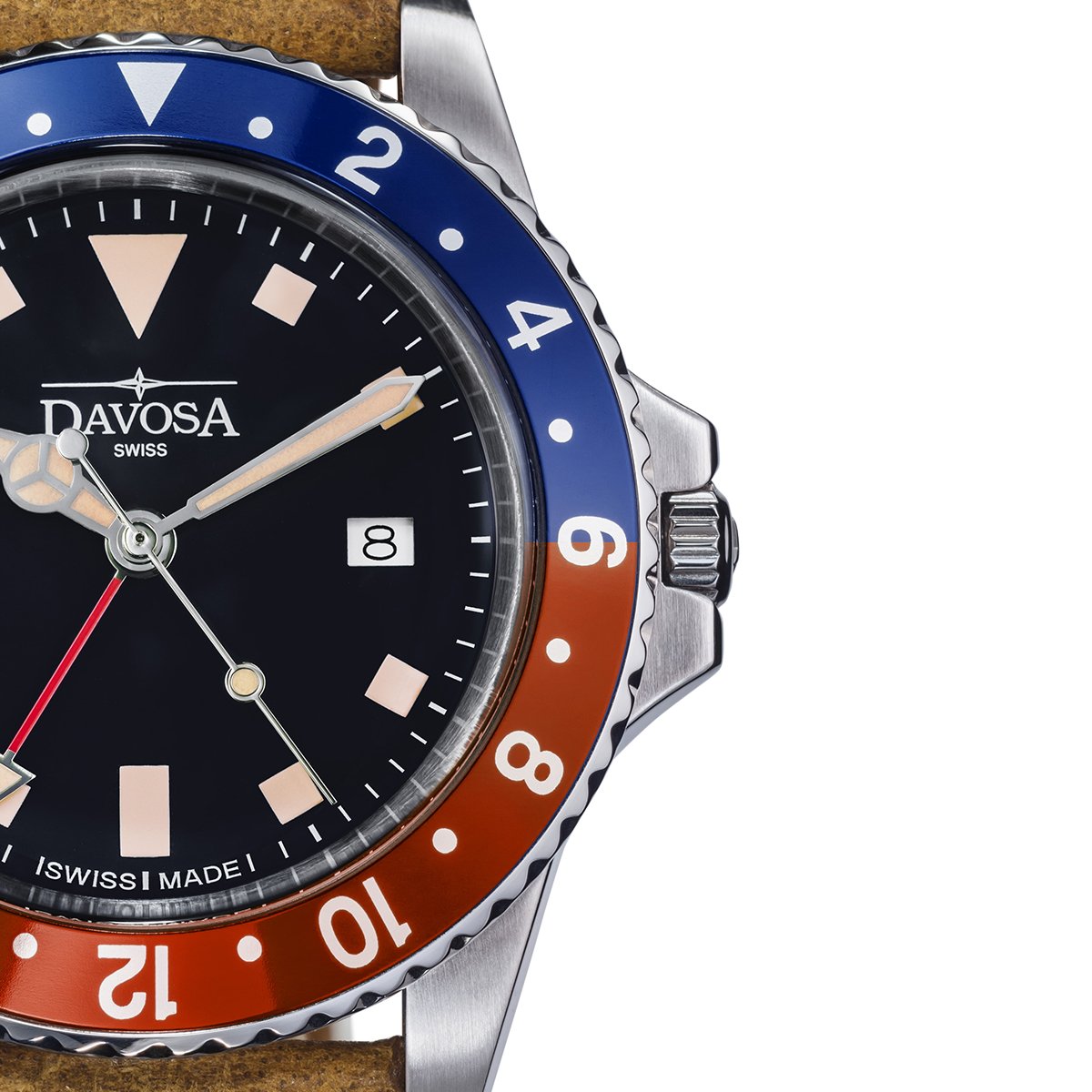
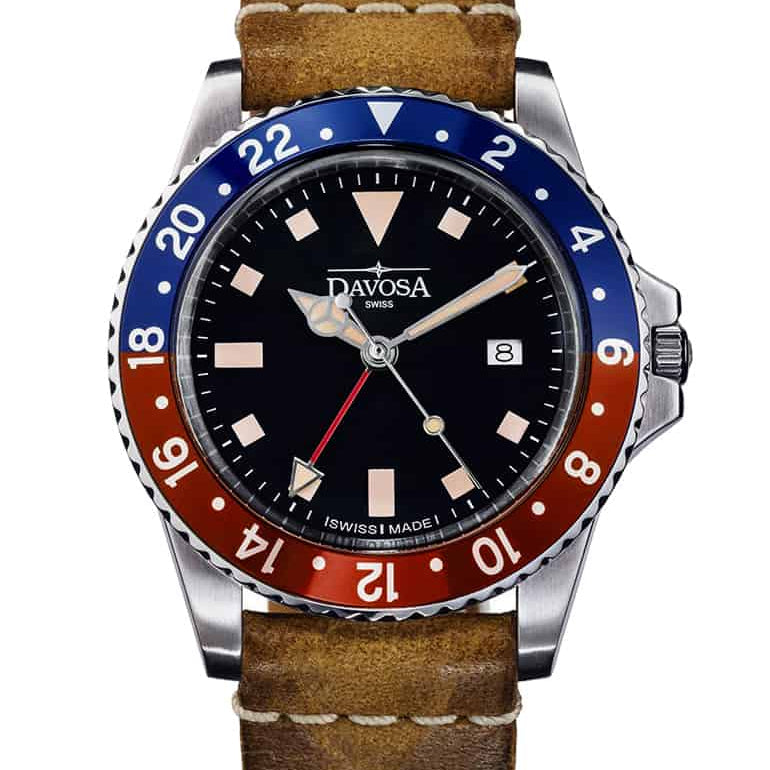
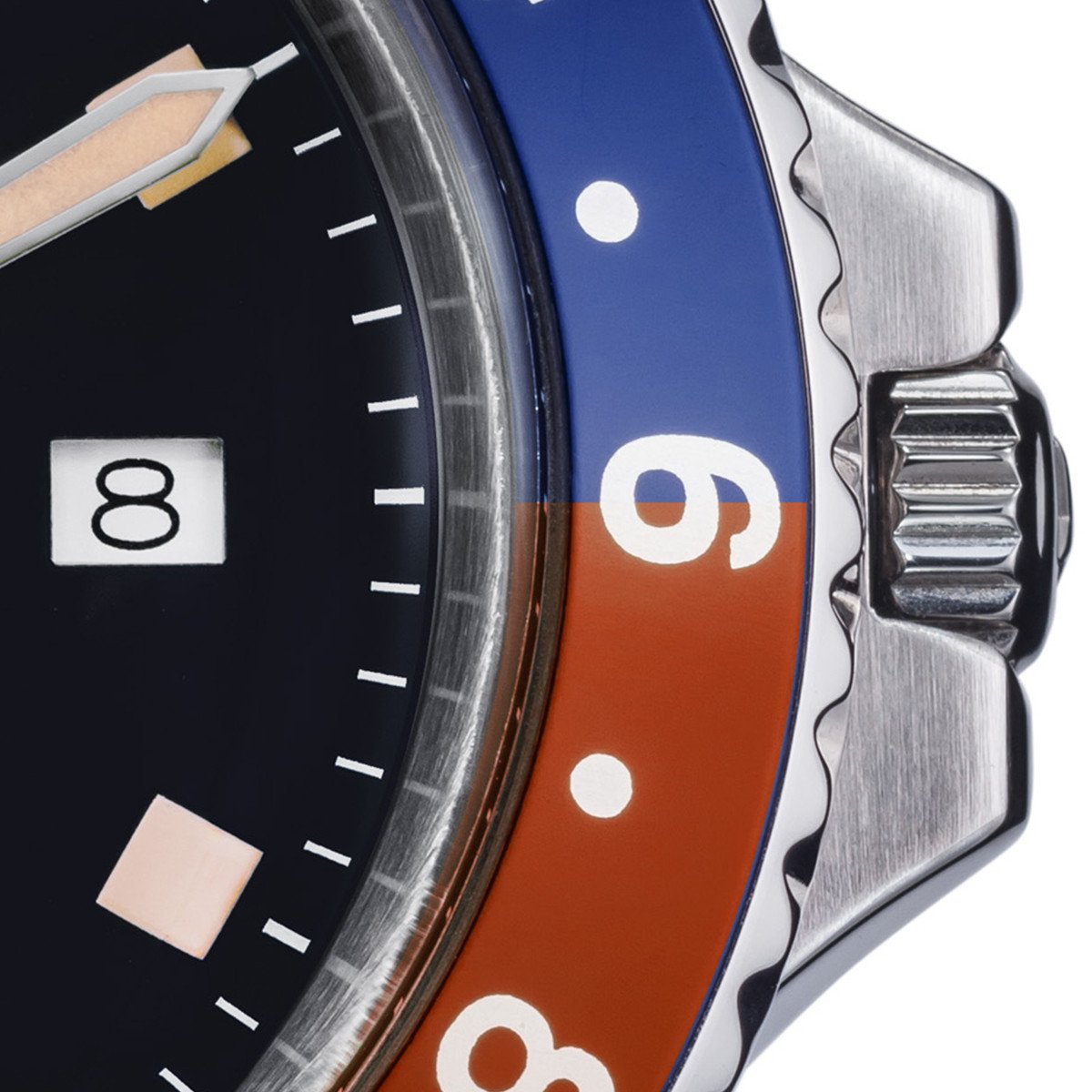

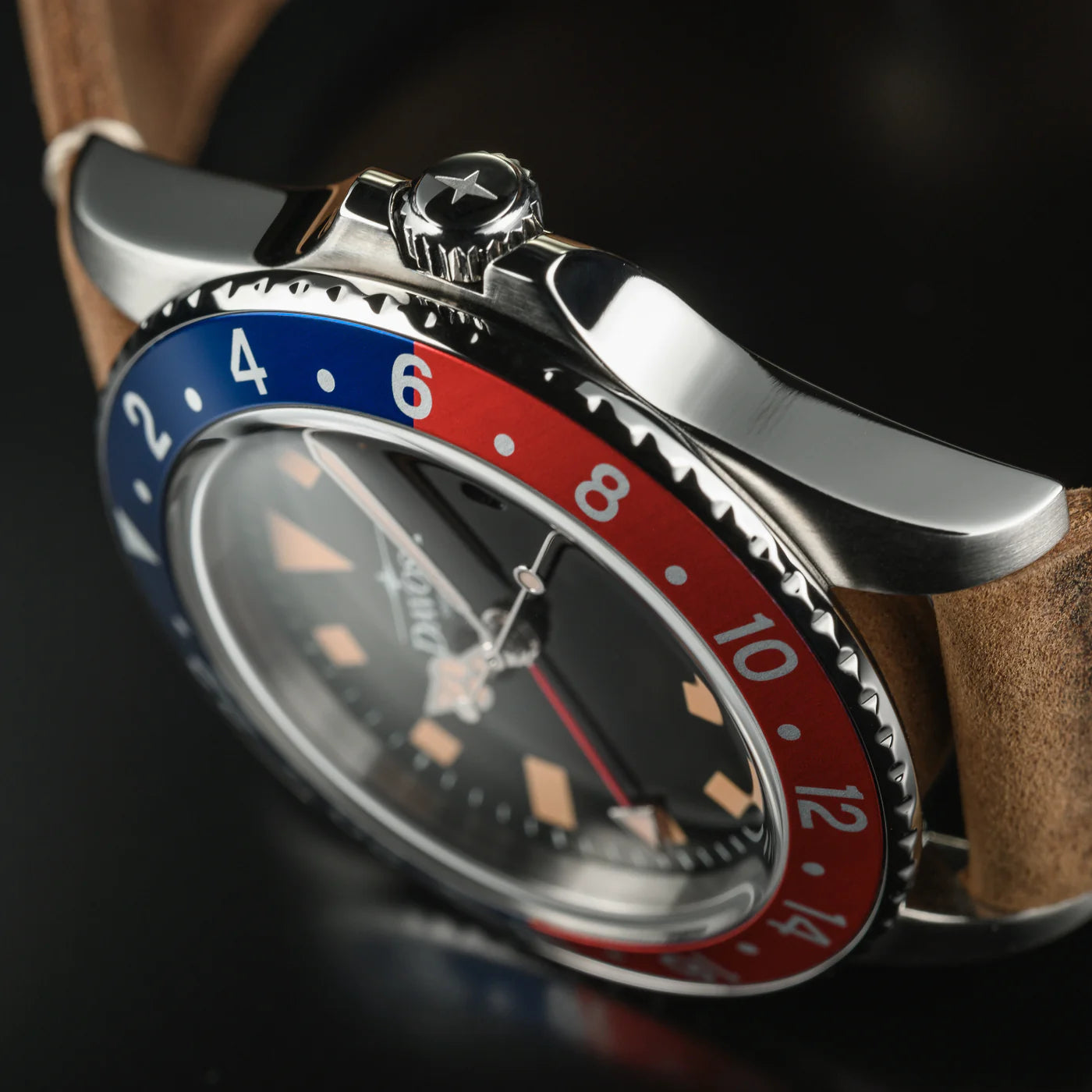

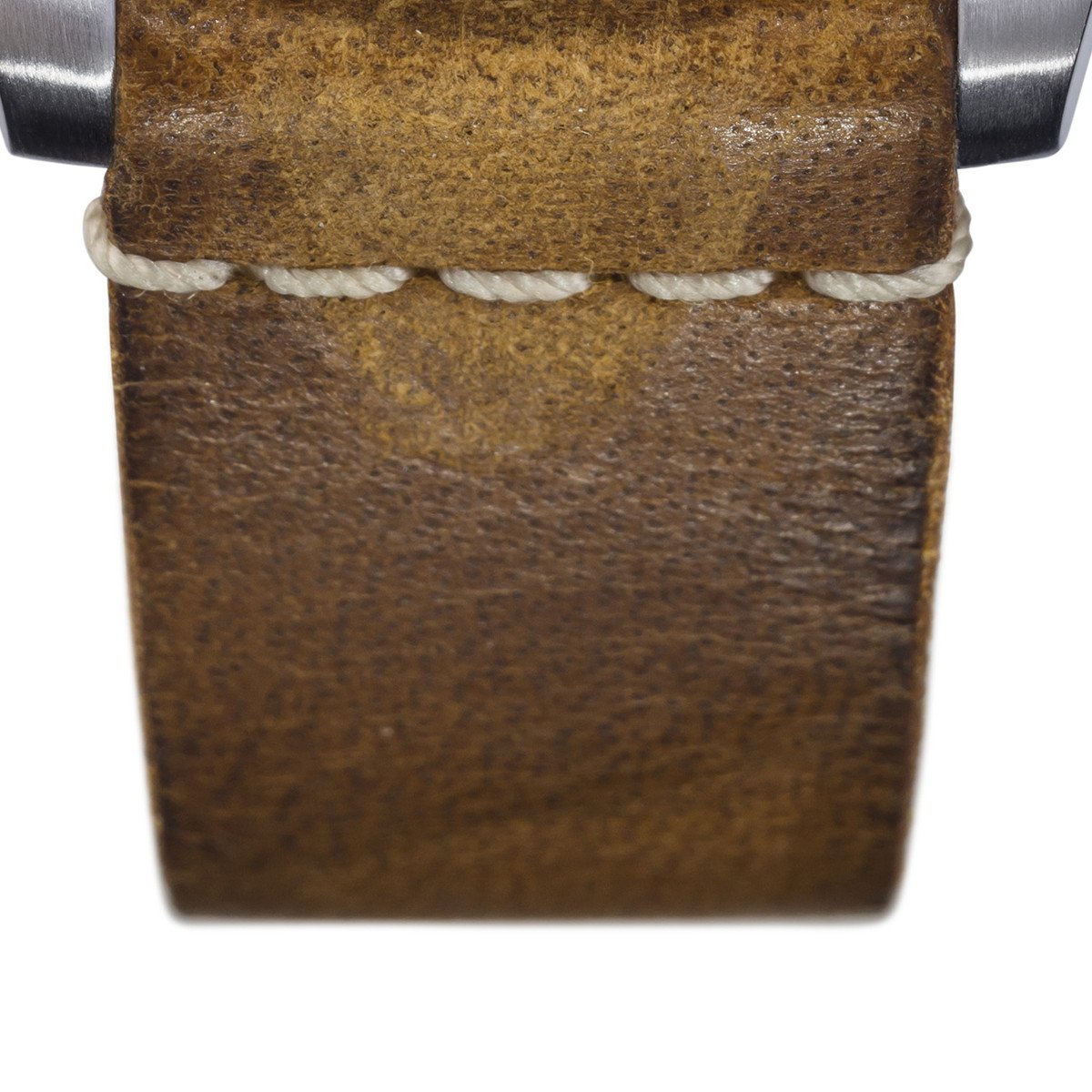

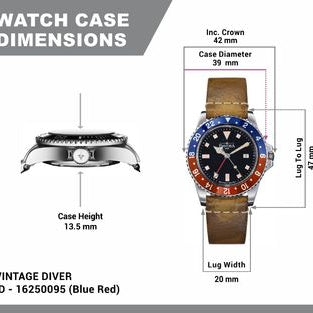
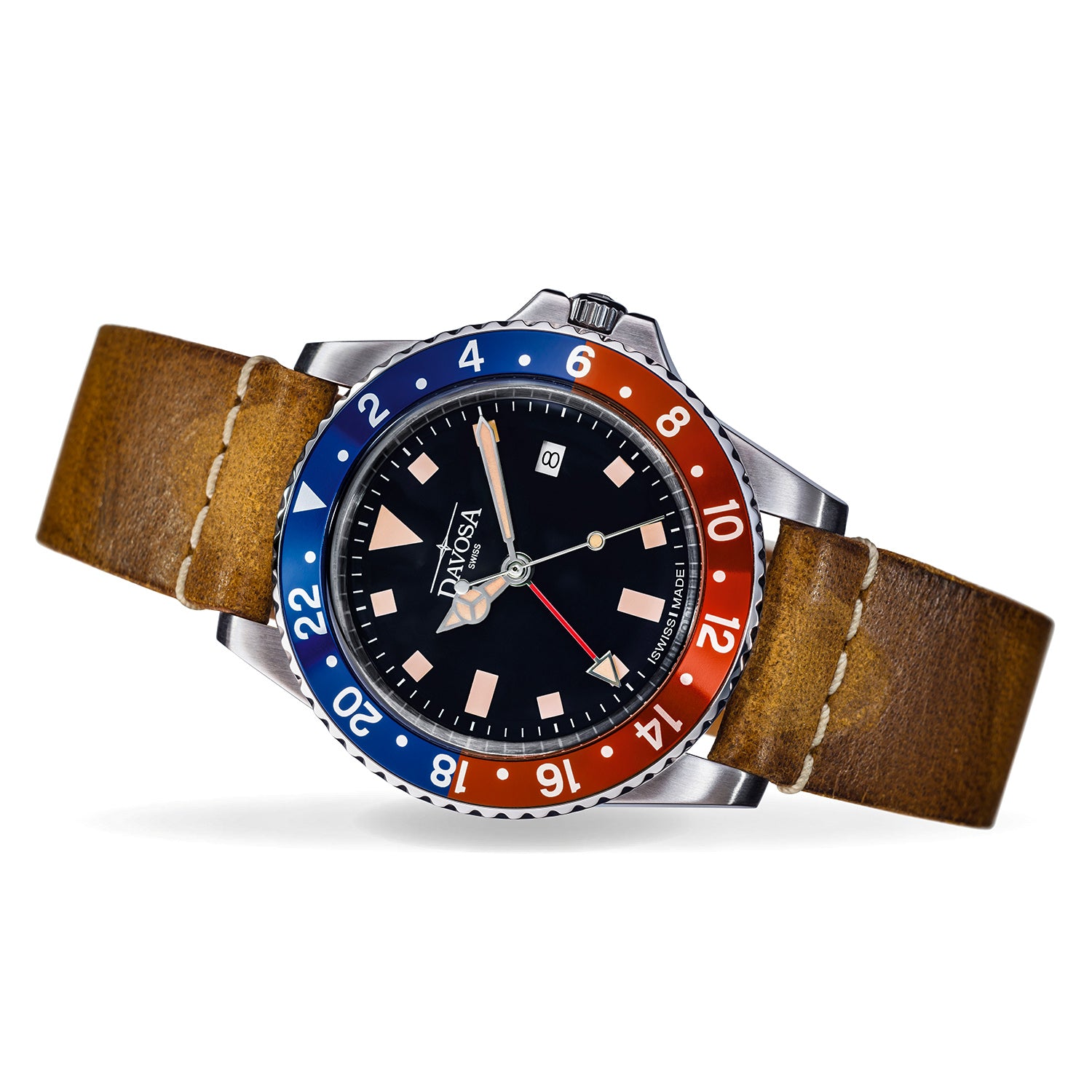




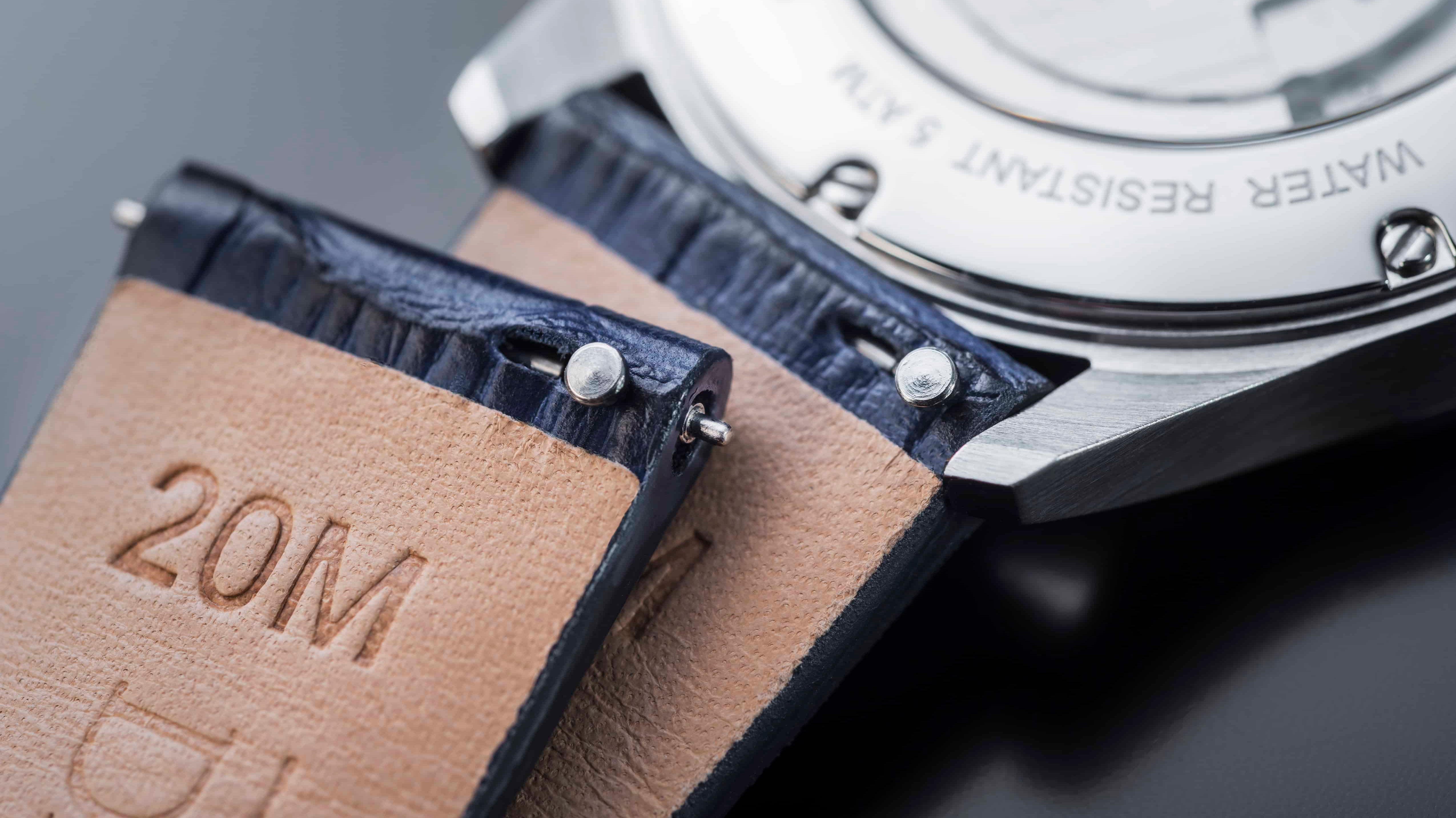
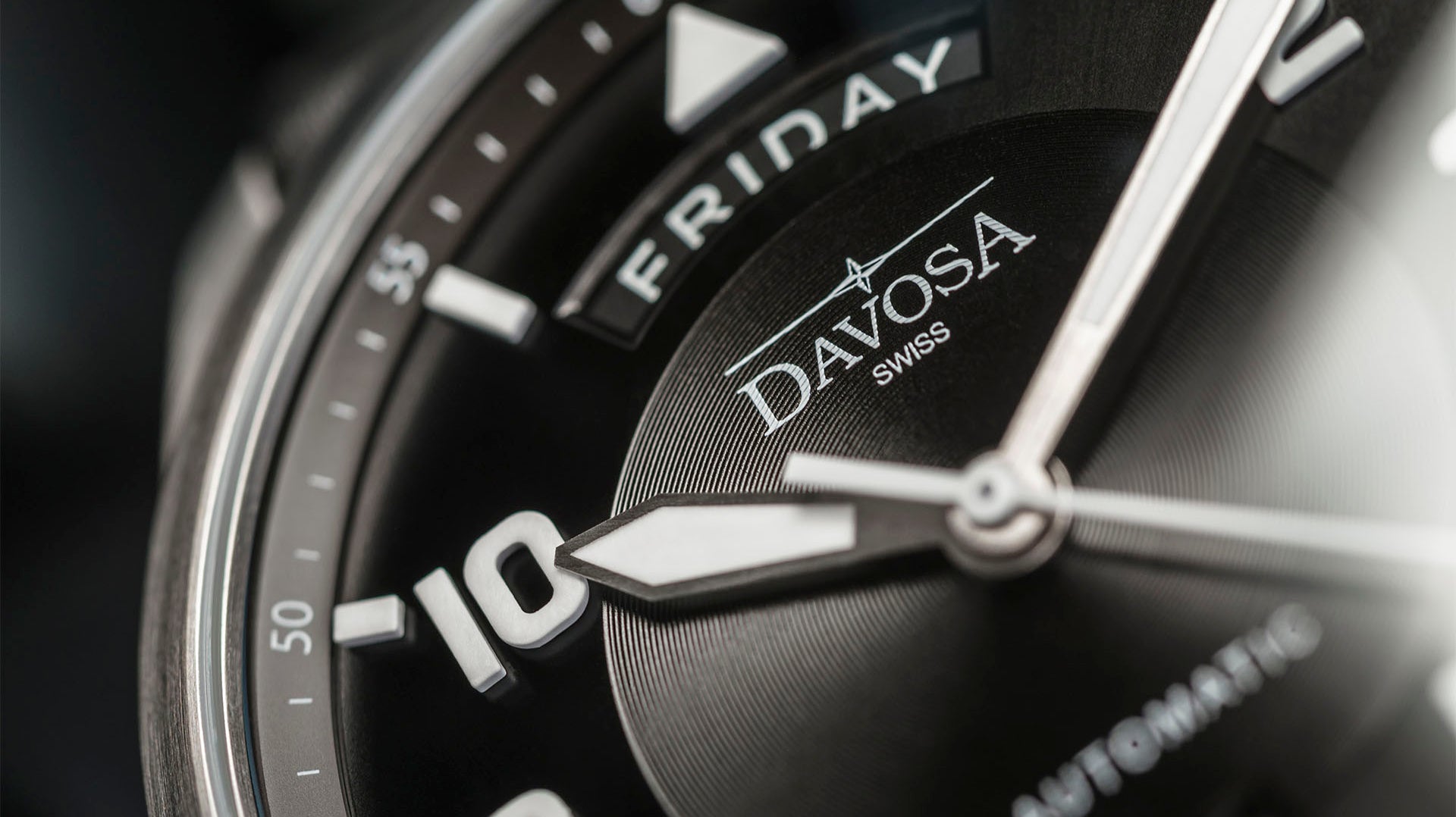
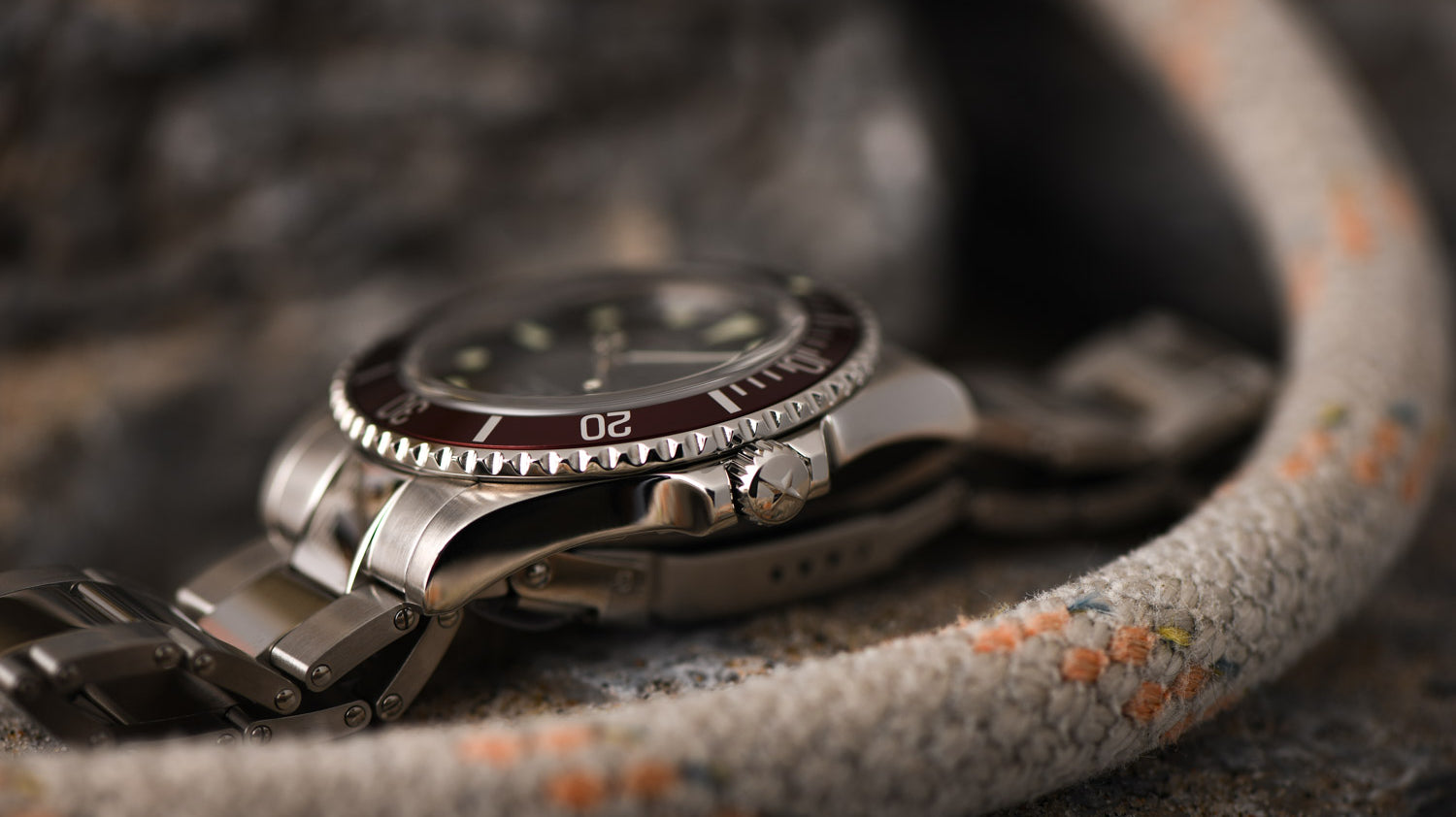

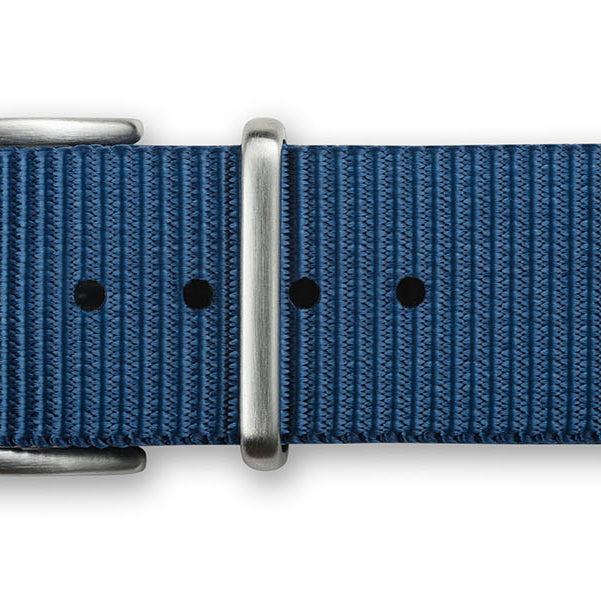
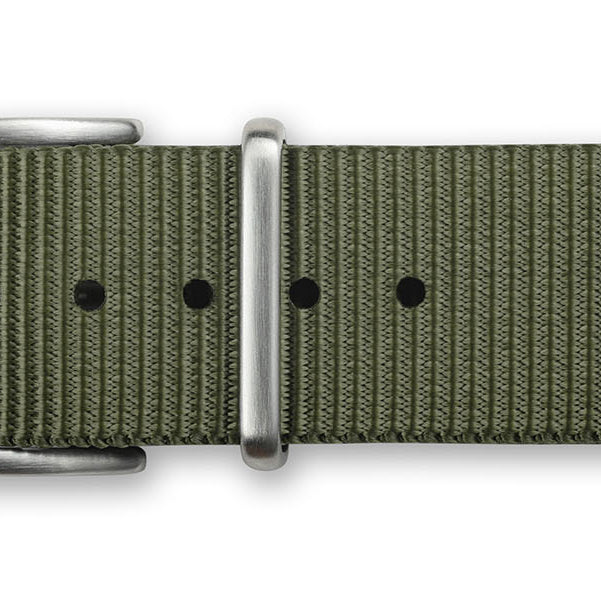
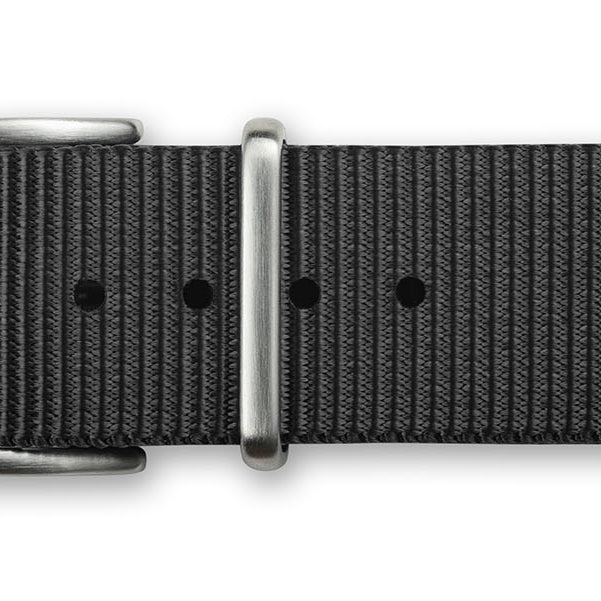
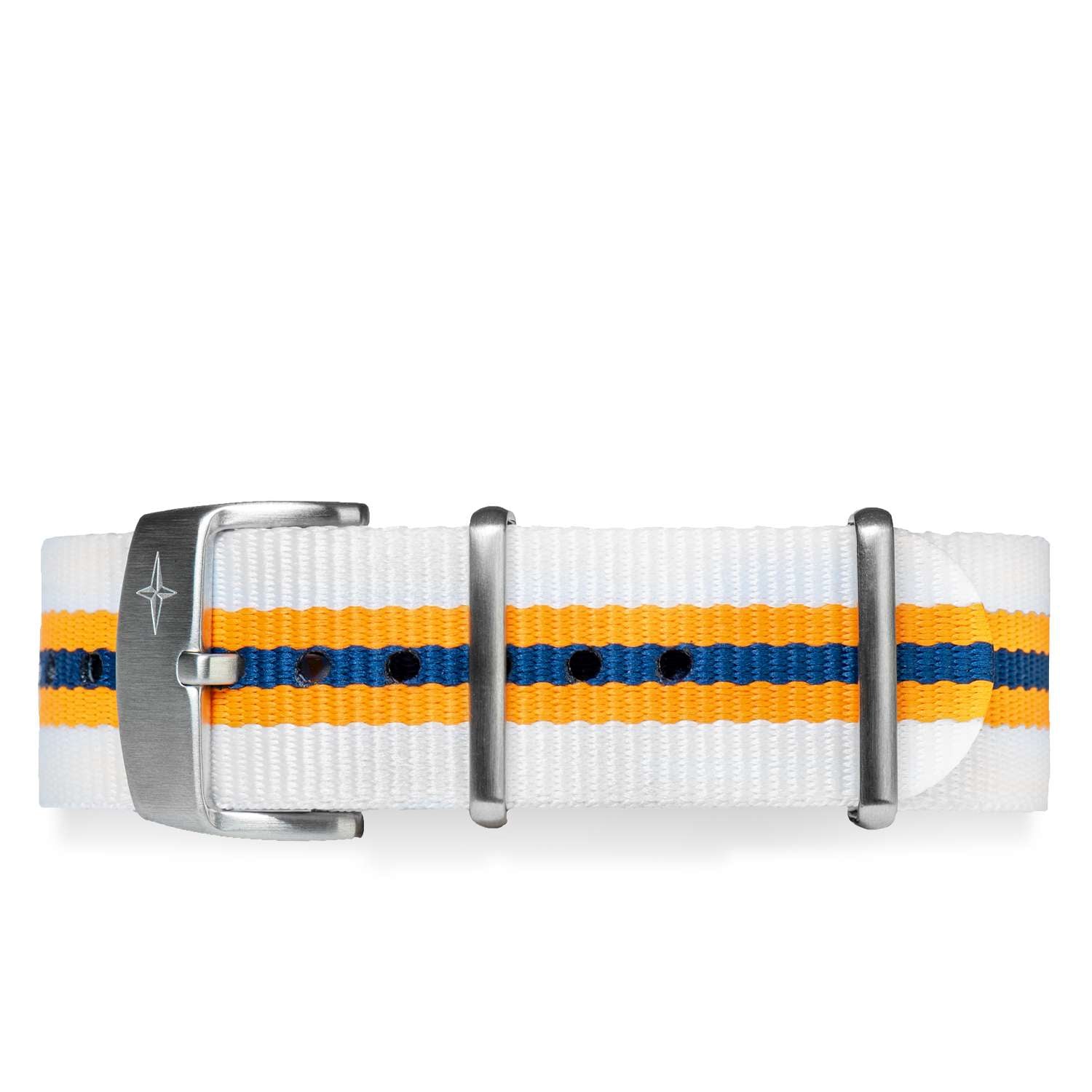
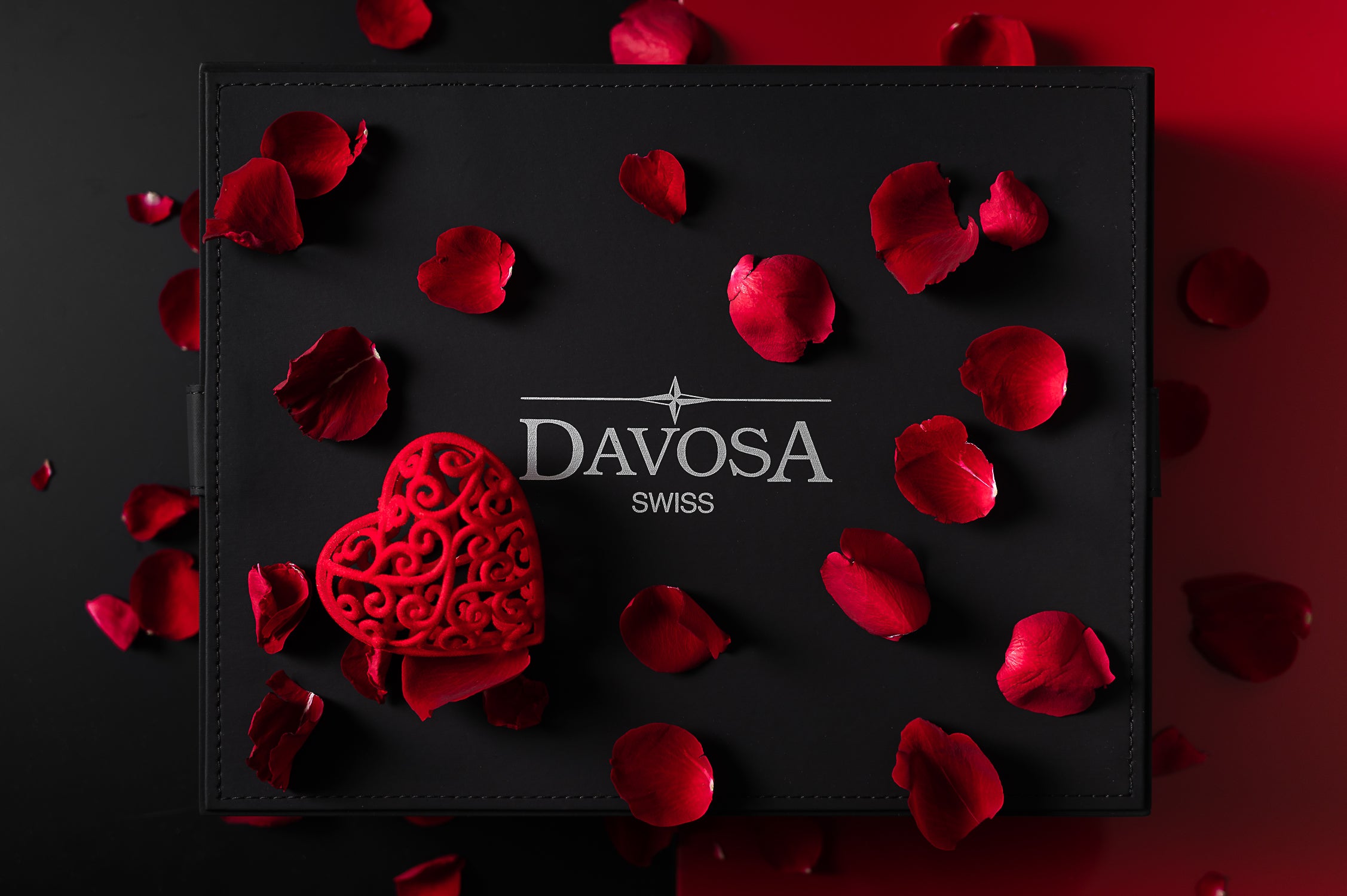
Comments
As the official distributor of Davosa Swiss to the USA we can provide you with the required spare parts, even if it is an old part.
Contact us at info@davosa-usa.com for details.
How can I get anew brown leather band for my davosa titanium cronograph